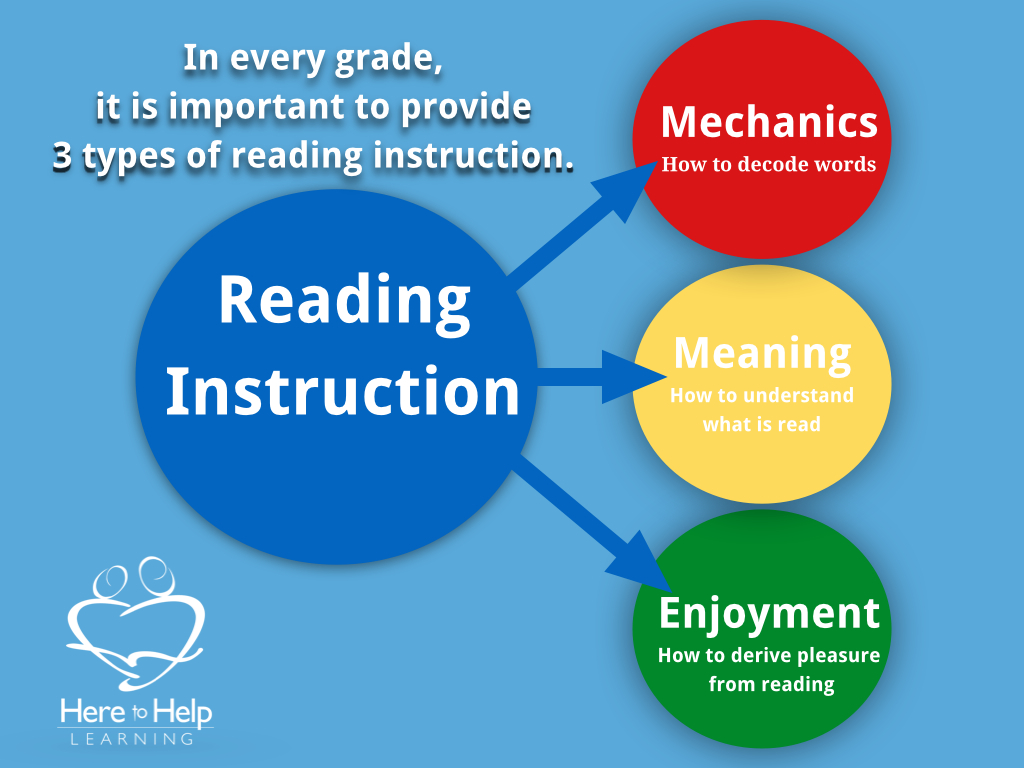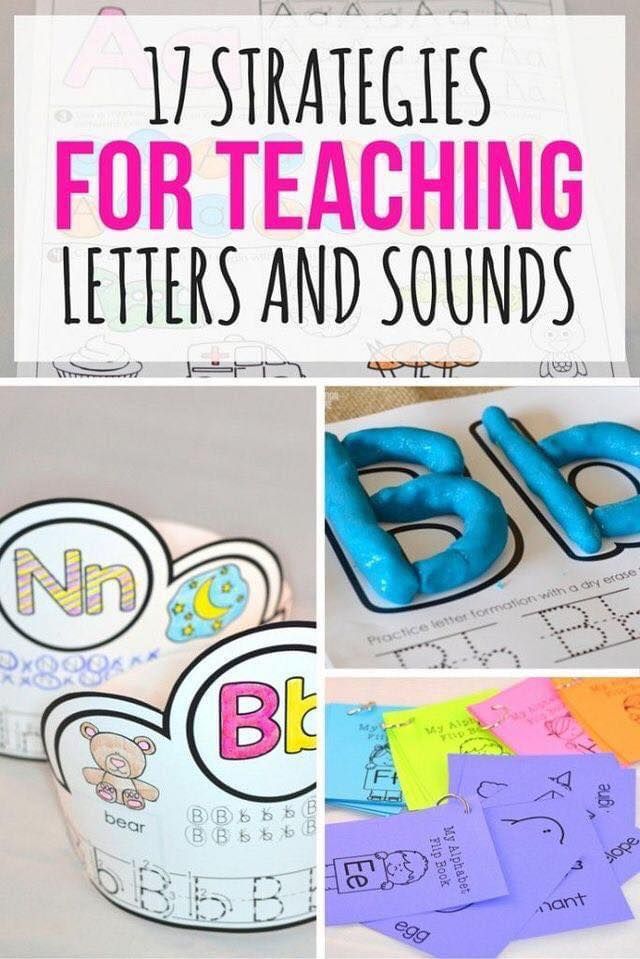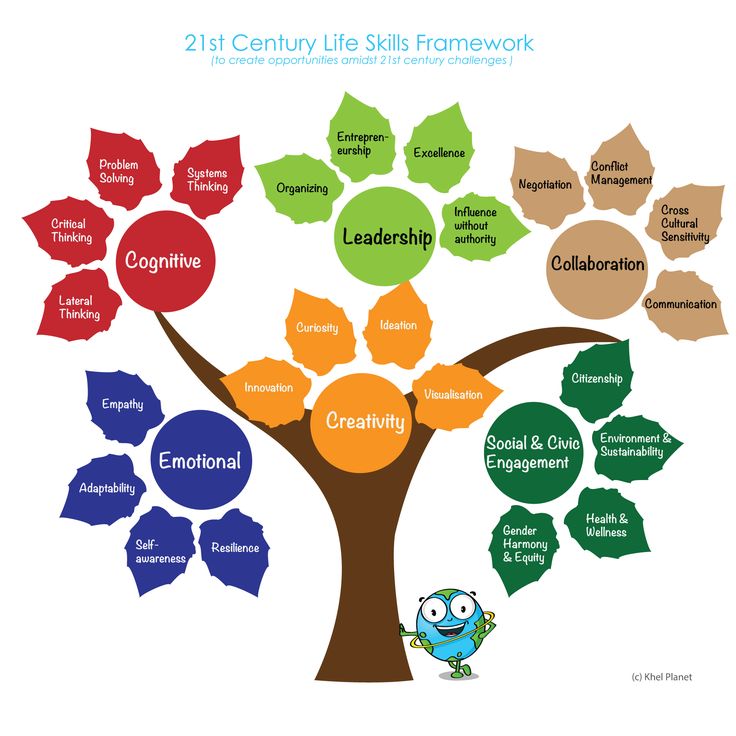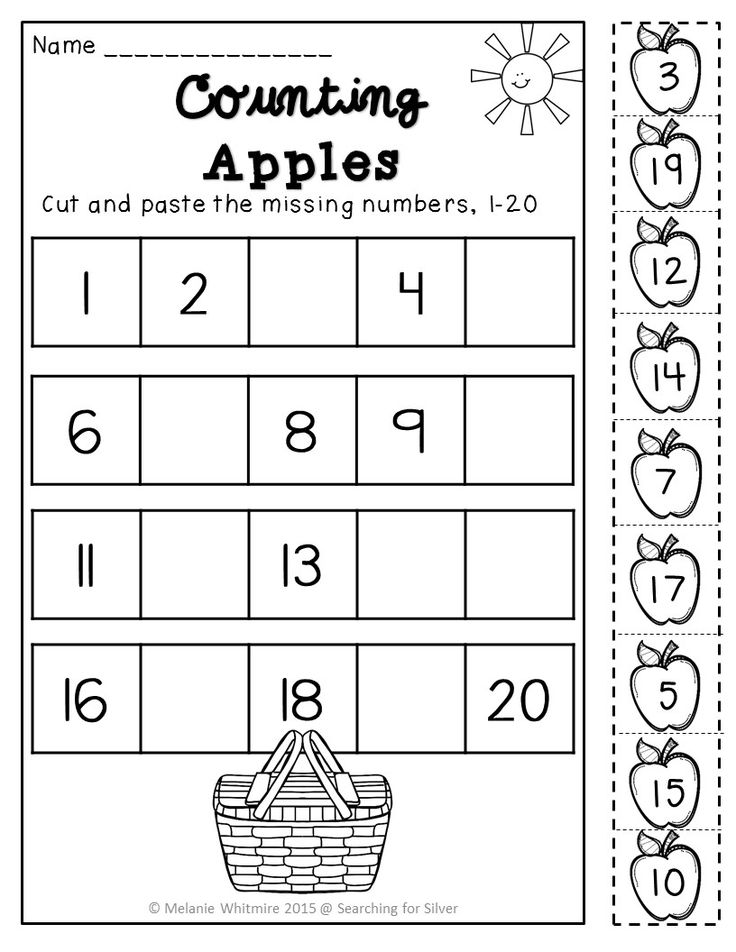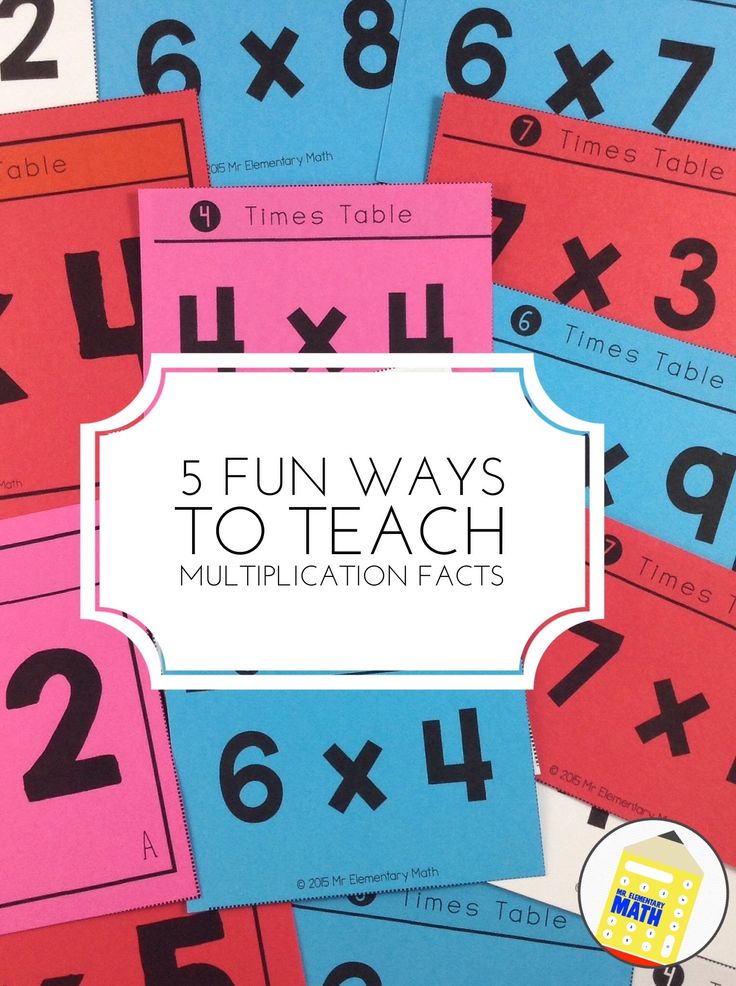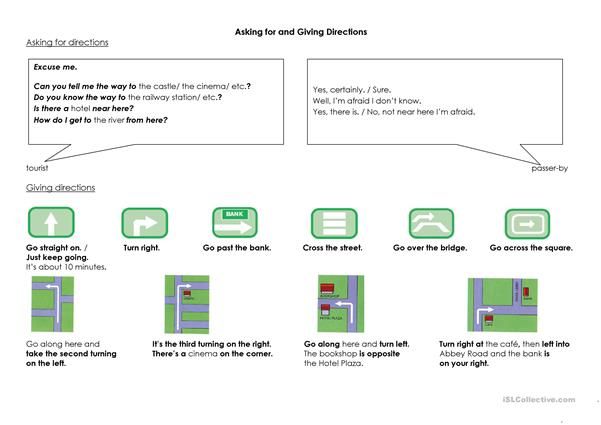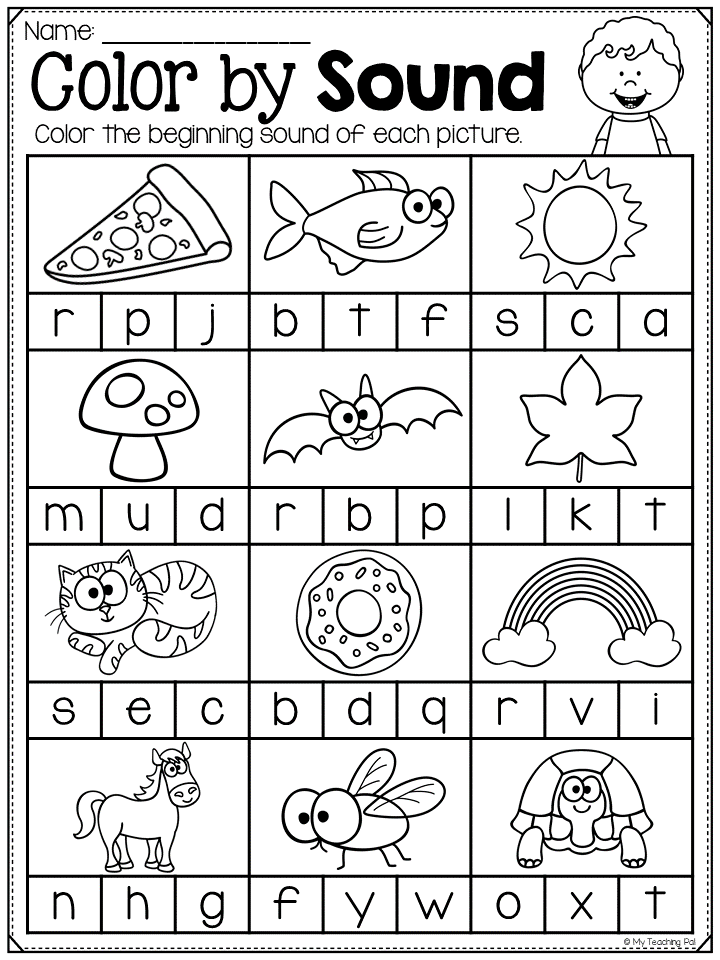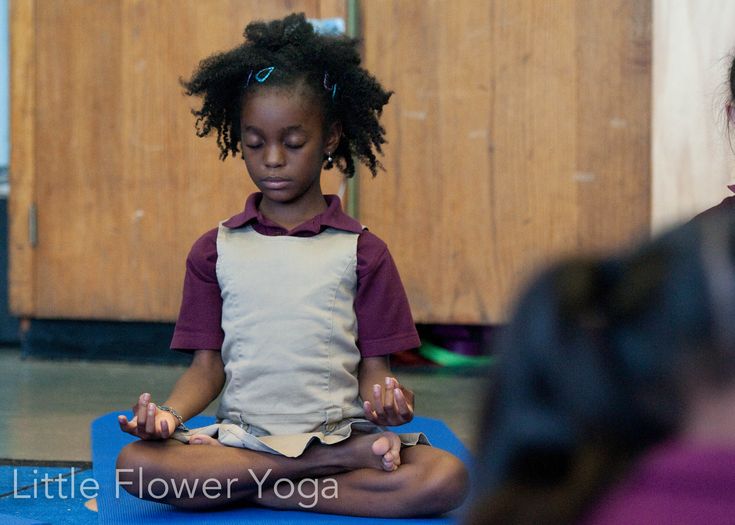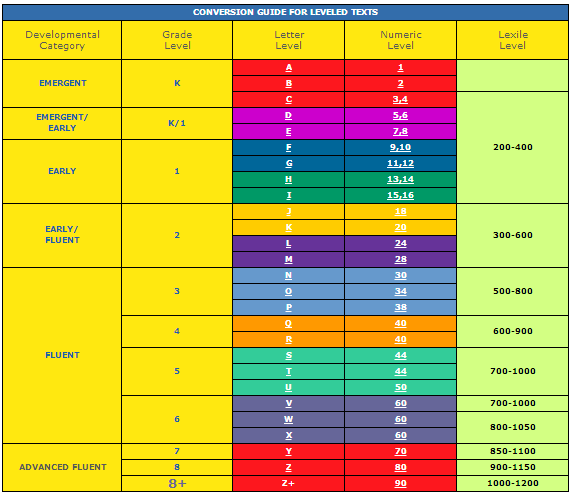Every day you watch your child get a little bit more capable and a little bit more interested in exploring reading. But you may find yourself wondering whether or not it’s the “right” time to begin working on reading readiness.
We’re here to explain what reading readiness is and let you know what to look for and how you can help your child get excited about their reading journey!
Reading readiness is defined by two unique parts.
First, reading readiness refers to the stage of development when your child is ready to begin learning how to read. This stage will come at different times for different kids.
Your child may be ready to learn to read by age four or five. It’s just as likely that they’ll take a bit longer and feel ready around age six or seven. There’s no rush!
The second part of reading readiness involves the time it takes someone to evolve from a non-reader to a reader. Think of it as how long it takes your child to get from point A (learning about texts and books for the first time) to point B (reading fluently on their own).![]()
Measuring your child’s reading readiness is not meant to be a race. The length of time it takes them to graduate from a non-reader to a reader isn’t scored.
It’s only a matter of understanding their level of readiness so you can help them on their way!
You may hear reading readiness linked with emergent literacy. Although they’re not quite the same thing, there is a bit of overlap and the two terms are not mutually exclusive.
While reading readiness focuses on specific pre-reading skills, emergent literacy is what we think of as a child’s increasing interest in learning about letters, books, and words. You usually won’t have one without the other!
Additionally, reading readiness encompasses more than just pre-reading literacy skills. It includes emotional, physical, and cognitive development as well. It’s a holistic consideration of your child’s preparedness for a lifelong love of reading!
Early exposure to reading is highly correlated with a child’s ability to read well in the future.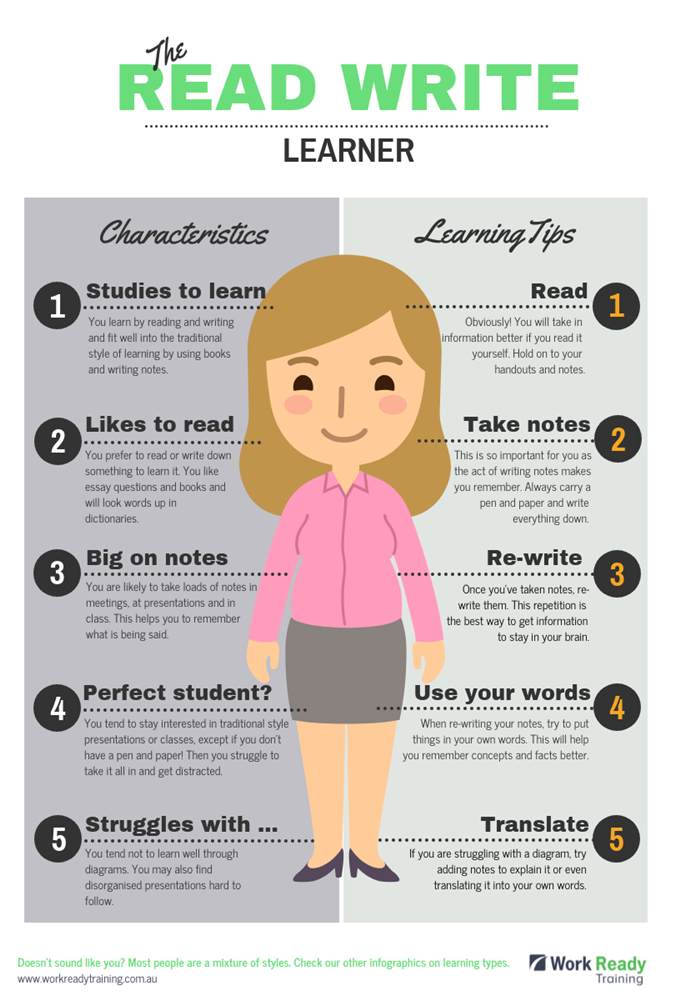 By forming early experiences with books and positive feelings (that’s where you come in!), your child may discover a love of reading.
By forming early experiences with books and positive feelings (that’s where you come in!), your child may discover a love of reading.
Beyond forming a positive relationship with reading, reading readiness also advances social, emotional, physical, and cognitive development.
Reading readiness is about reading, but it’s also about so much more! That’s what makes it an important part of your child’s learning adventure.
These six indicators will help you determine the extent of your child’s reading readiness.
Your child is interested in listening to stories and books.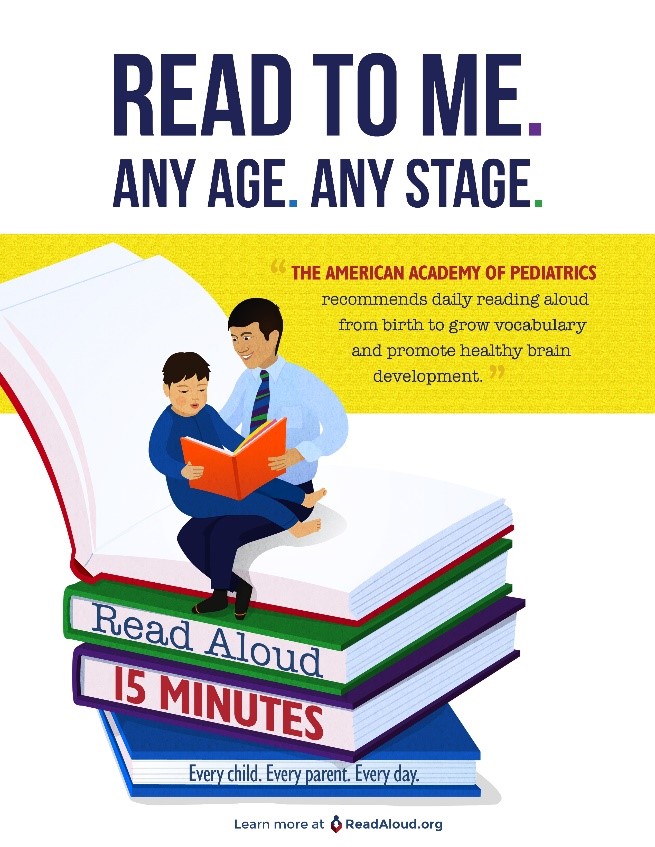 They may ask you to read to them at any point in the day, whether it’s a book, a sign, or a poster they saw on the street.
They may ask you to read to them at any point in the day, whether it’s a book, a sign, or a poster they saw on the street.
They may also make up stories of their own or enthusiastically recount the events of a school day during dinner.
While reading together, they may want to take turns with you and pretend to read a page. They may also memorize the favorite parts of different stories and “read” them with you.
Print and book awareness deals with a child’s knowledge of handling written text and books. Markers of print and book awareness include a few different elements.
Your child will understand how to hold books and how to turn pages from right to left. They’ll also understand that when reading, the text moves left to right and top to bottom.
They begin to notice that words are separated by spaces, which helps readers understand the beginning and end of a word. They may also notice that there are special symbols on the page: periods, exclamation points, and question marks.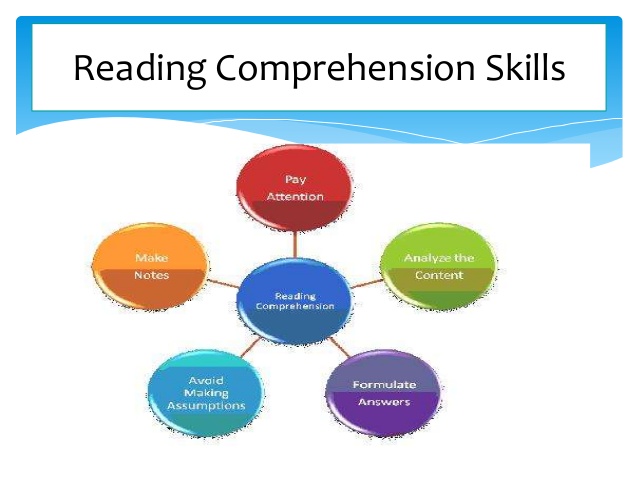
Your child will also understand that text has meaning. Written words have a decipherable pattern that they can learn to read. They can also use clues, like pictures, to understand sentences in a book.
Ideally, your child will also notice print in their environment and might be curious about what these things say.
To play around with words, your child’s phonics skills should be developed enough to support rhyme and word games.
You can gauge your child’s readiness with this component by playing with them. Singing songs together, playing around with funny rhyme games, and working on their ABCs are all great!
The relationship between letters and sounds is one your child should be familiar with before launching into the next steps of learning to read. This relationship is what we call letter-sound correspondence.
They will understand that written letters have a matching sound, even if they can’t accurately match them all the time (don’t worry, they’ll get there!).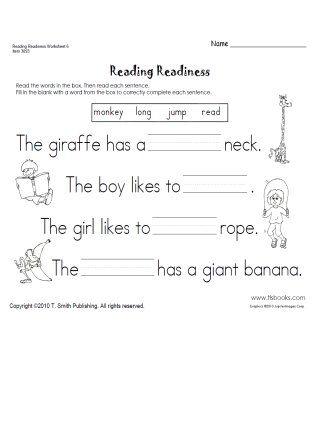 They at least understand the concept of the letter “k,” for example, having an associated sound.
They at least understand the concept of the letter “k,” for example, having an associated sound.
After hearing someone tell a story or read a book, your child can talk about the events that happened in the story. They may pinpoint specific characters, feelings, or places — this will give you some insight into which details stuck out to them the most.
Your child might also talk about something they overheard from a classmate or summarize a book they read earlier that day with their teacher.
However it manifests, retelling stories is a great habit for your child to develop and will prepare them for the next step of their reading journey!
Similar to retelling stories, your child will understand how to echo what you read to them. This is an especially effective skill when your child tries to learn new vocabulary.
As your child’s reading readiness skills continue to grow, you can encourage them to echo short sentences back to you.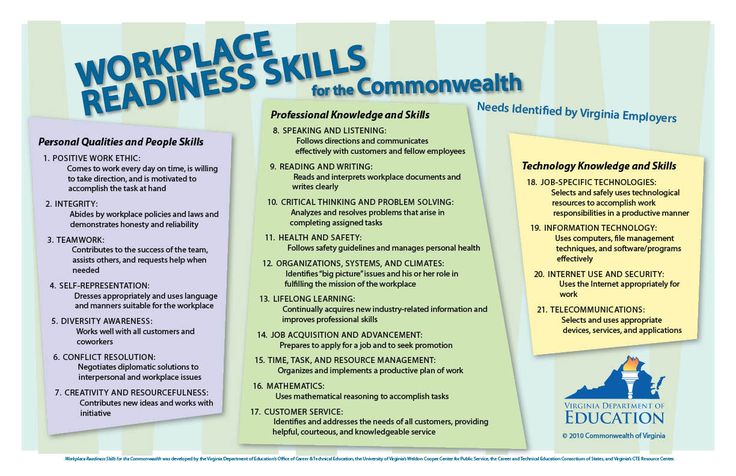 Longer, advanced sentences may be too difficult for them to complete at this point. Keep it simple!
Longer, advanced sentences may be too difficult for them to complete at this point. Keep it simple!
One of the most exciting skills your child will learn early on in their reading readiness is how to read and write their own name. They’ll be so proud of themselves (and will probably want to write it on everything they own)!
Your child will be able to recognize their name when they read or spot it on an item, like a sheet of paper or a lunch box. They have an idea of how to properly write it as well and can identify at least a couple of correct letters that belong in their name.
For example, if your child’s name is Vivian, they may write out “Vvn” the first few times they give it a go. This is amazing progress! They can identify certain sounds and apply that knowledge to writing their name.
They may also try to write letters in other people’s names or scribble out stories to share their ideas. All of these things demonstrate a developing sense of letter recognition, as well as reading readiness.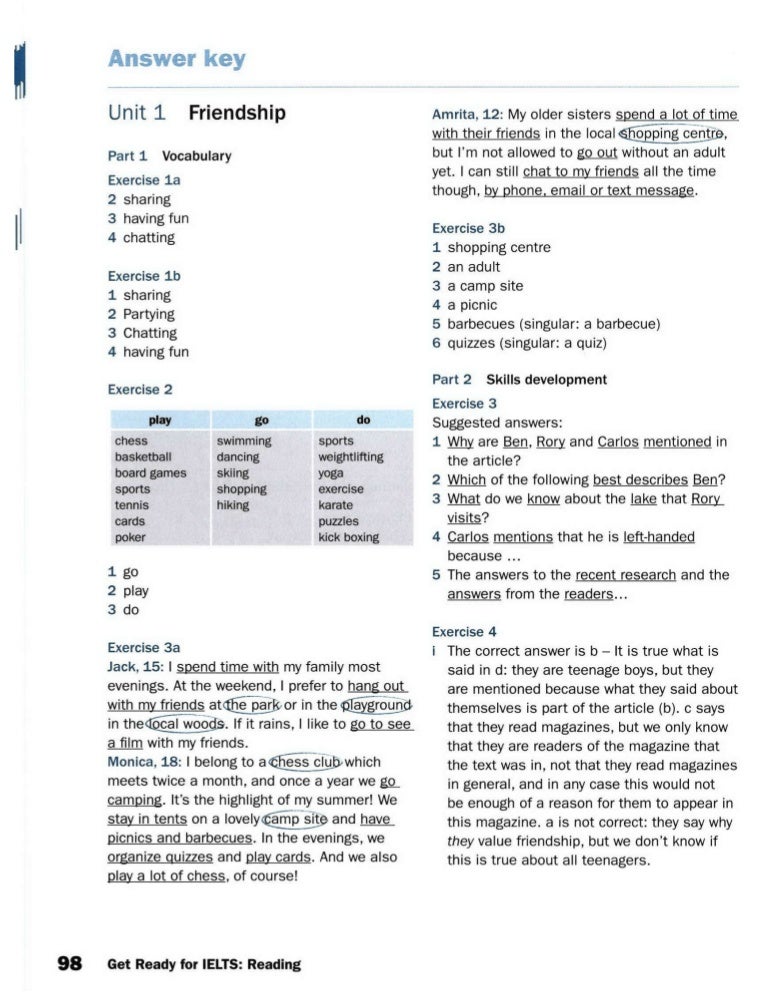
Let your child guide you through their learning journey. Don’t be afraid to let them be the captain of their own ship.
Nurturing an interest in reading is a marathon, not a sprint. It may not happen overnight, and that’s OK! The best way to make reading fun and enticing for your child is by keeping stress levels down.
Rhyming engages your child’s phonological awareness, an essential skill under the umbrella of their reading readiness. Plus, we could always use another excuse to have a family-friendly sing-a-long!
Reading aloud to your child is the single most important thing you can do to encourage them to want to read by themselves. It helps them stay engaged, hear what fluent reading sounds like, and understand that reading is fun!
Reading aloud doesn’t always have to happen before bed, either.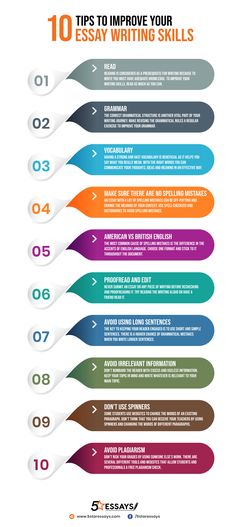 You can read aloud to your child at any time of the day. The more they hear you read, the more they’ll want to learn how to do it themselves!
You can read aloud to your child at any time of the day. The more they hear you read, the more they’ll want to learn how to do it themselves!
This can encourage independence, curiosity, and self-reliance. Not to mention, it’s essential to your child’s reading readiness!
Rereading books gives your child a sense of ownership over a book, and rereading favorites will forge a deeper connection between your child and reading and encourage a love of stories.
Rereading is also helpful with the mechanics of reading. Multiple visits to the same book will likely lead your child to pretend to read sections of the book. They may even memorize entire stories, so long as they are short and sweet.
Both of these steps are critical to developing their reading readiness. Before you know it, they’ll be cuddled up on the couch, reading away!
There’s no such thing as a “right” way to teach reading.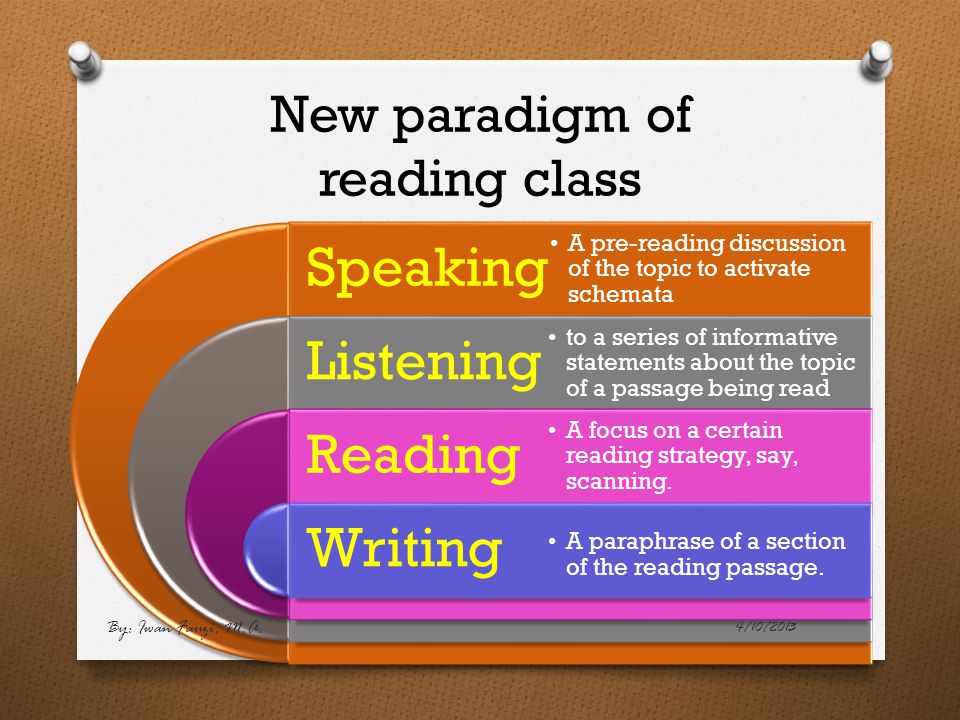 While there are certainly some core concepts to stick to, the power of your child’s reading adventure comes when you both figure out what works best for them.
While there are certainly some core concepts to stick to, the power of your child’s reading adventure comes when you both figure out what works best for them.
If you ever find yourself wanting to change up your routine, look no further than the HOMER Learn & Grow app. It’s thoughtfully designed with your child’s specific interests and needs in mind.
Jam-packed with activities and lessons, our app will help your child get reading ready and prepared for a bright future in no time!
And don’t just take our word for it, read what Honest Brand Reviews has to say about Homer.
Did you know that there are five skills your child should master before you begin formal reading instruction? Because these reading readiness skills are so important, we call them The Big Five Skills.
Although much of your child’s learning comes naturally as he plays and experiences life, there are some skills, like reading, that must eventually be taught.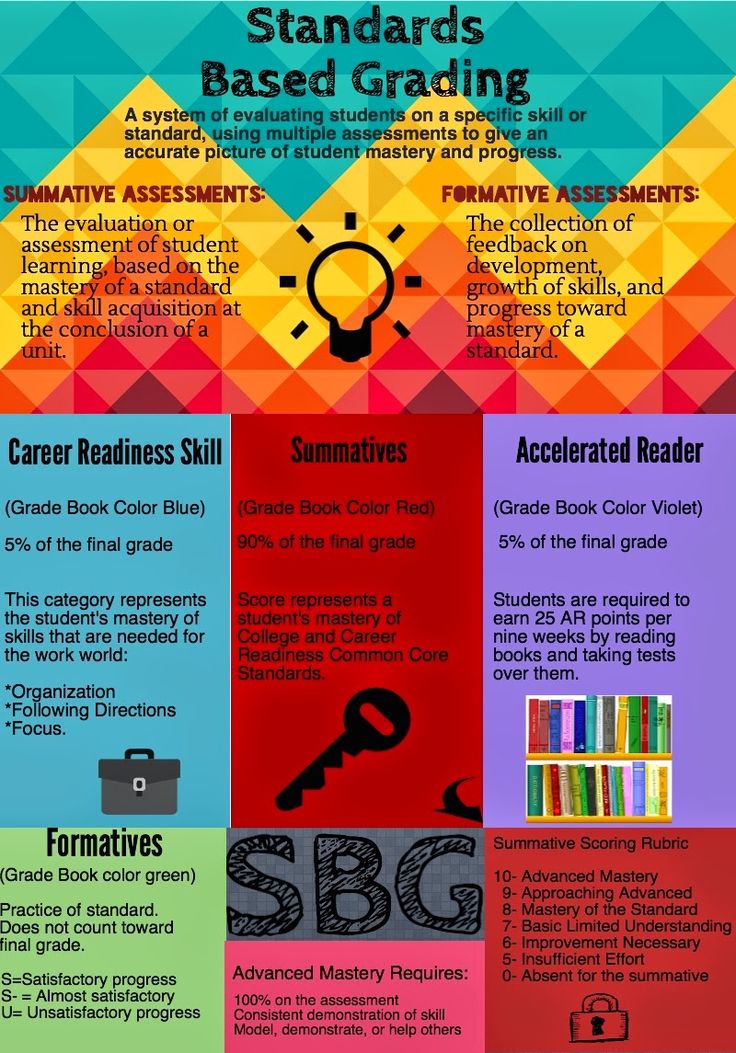 That may feel a little scary, but if you’ve taught your child how to pick up his toys or put on his socks, you can teach your child to read, too!
That may feel a little scary, but if you’ve taught your child how to pick up his toys or put on his socks, you can teach your child to read, too!
In this post, you’ll learn about the skills for reading readiness, and you’ll discover more than twenty fun ways you can help your preschooler or kindergartner develop in these areas. Let’s dig in!
How to determine readiness for reading in a child — 5 main signs that it is time to learn to read, and their detailed disclosure, how and what skills to develop for readiness for reading a child.
Did you know that your child needs to learn certain skills before you start formal reading instruction? It is very important to get reading readiness skills before starting training.
This might seem a bit scary. But if you've taught your child how to put away toys or put on pantyhose, you can teach him to read too!
In this post, you will learn about the skills that fully mastering means readiness for your child to learn to read.
Help your children. Preparing to learn to read is enough 15 minutes a day . The time depends on the concentration and ability of your child.
Education for children of book preparations for the school development of a child Learning to Read
What is the readiness for reading? — CyberPedia
Navigation: home Random Page Feedback TOP Interesting to know Favorites Top: Safety precautions when working on the combi steamer: Only persons who have passed the technical minimum for operating the equipment are allowed to service the combi steamer... Delayed coking unit: The higher the temperature and lower the pressure, the more the carbon chain break is shifted towards its end and increases significantly... Evaluation of the effectiveness of communication policy instruments: External communications - the exchange of information between the organization and its external environment. .. .. Interesting: Accounting for the acquisition process: The procurement process represents a system of economic events, including the acquisition by an organization from suppliers of raw materials ... Bank protection of landslide slopes: On coastal slopes, the main reason for the development of landslide processes is the washing away of natural slopes by river waters... Artificial elevation of the surface of the territory: Options for artificial elevation of the surface of the territory must be selected based on an analysis of the following characteristics of the protected area... Disciplines: Automation Anthropology Archeology Architecture Audit Biology Accounting Military science Genetics Geography Geology Demography Journalism Zoology Foreign languages Computer science Art History Cinematography Computerization Shipbuilding Culinary Culture Lexicology Linguistics Literature Logic Marketing Mathematics Mechanical Engineering Medicine Management Metallurgy Metrology Mechanics Musicology Engineering Law Entrepreneurship Education Industrial Security Programming Pedagogics Psychology Radio communication Religion Rhetoric Sociology Sport Standardization Statistics Building Theology Technology Trade Transport Pharmacology Physics Physiology Philosophy Finance Chemistry Economy Drafting Ecology Economics Electronics Energy Jurisprudence | ⇐ PreviousPage 2 of 5Next ⇒ There are at least 3 aspects of this concept.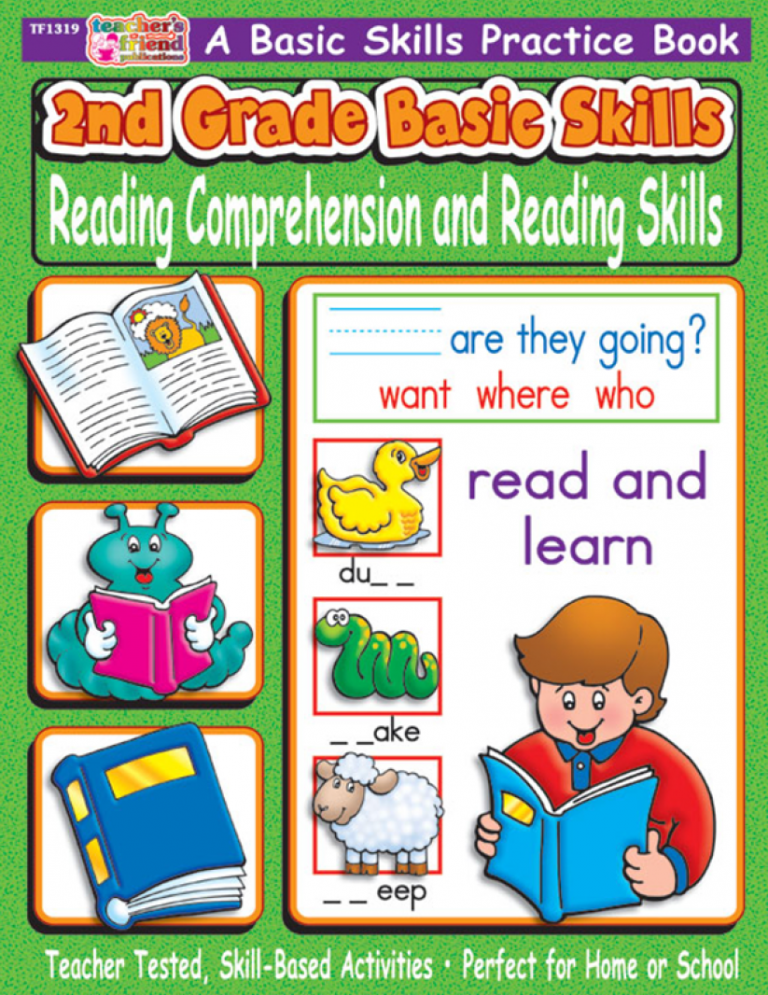 1. Readiness as mood, motivation for this kind of learning. In most children, curiosity about letters and printed words appears at 3-4 years of age. Many, when they see images of letters on cubes or in a book, ask “What is this?”. However, a stable cognitive interest in literacy is formed only at the age of 5-7 years. In rare cases, all this occurs in the past, but this is an exception to the rule. 2. Intellectual, cognitive readiness to study such abstract phenomena as letters and their combinations. As you know, oral speech is a system of conventional designation of objective reality with the help of words (i.e., signs) and their combinations according to certain rules. Until the end of preschool age, the child finds it difficult to express his thoughts, images, impressions through speech. He understands the detailed speech texts of adults in fragments. He knows the meaning of many words approximately, and sometimes incorrectly.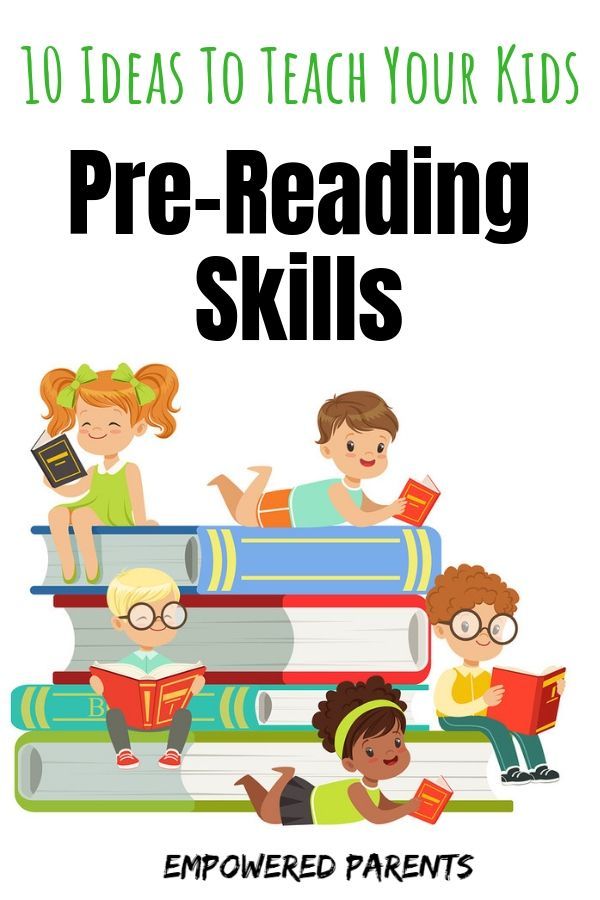 Written speech, therefore, is for him a symbol of the second order, that is, a system of graphic signs that denote signs of oral speech. In order for the process of acquiring literacy to proceed smoothly enough, the child must develop the ability to abstract, to operate with symbols, at least in an elementary form. Manifestations of this are, for example, the well-formedness of the symbolic game, the possession of elementary generalizing concepts, and the sufficient maturity of visual abilities. Written speech, therefore, is for him a symbol of the second order, that is, a system of graphic signs that denote signs of oral speech. In order for the process of acquiring literacy to proceed smoothly enough, the child must develop the ability to abstract, to operate with symbols, at least in an elementary form. Manifestations of this are, for example, the well-formedness of the symbolic game, the possession of elementary generalizing concepts, and the sufficient maturity of visual abilities. The difficulty in acquiring reading and writing is connected not only with the fact that letters are symbols of the second order. It is also due to the high degree of arbitrariness of the act of reading and the presence of a complexly organized sensorimotor base. It is necessary, for example, to arbitrarily focus visual attention on a readable segment of a word and distribute attention to the entire readable sentence and line. The latter is necessary in order to, after reading one line, go to the beginning of another.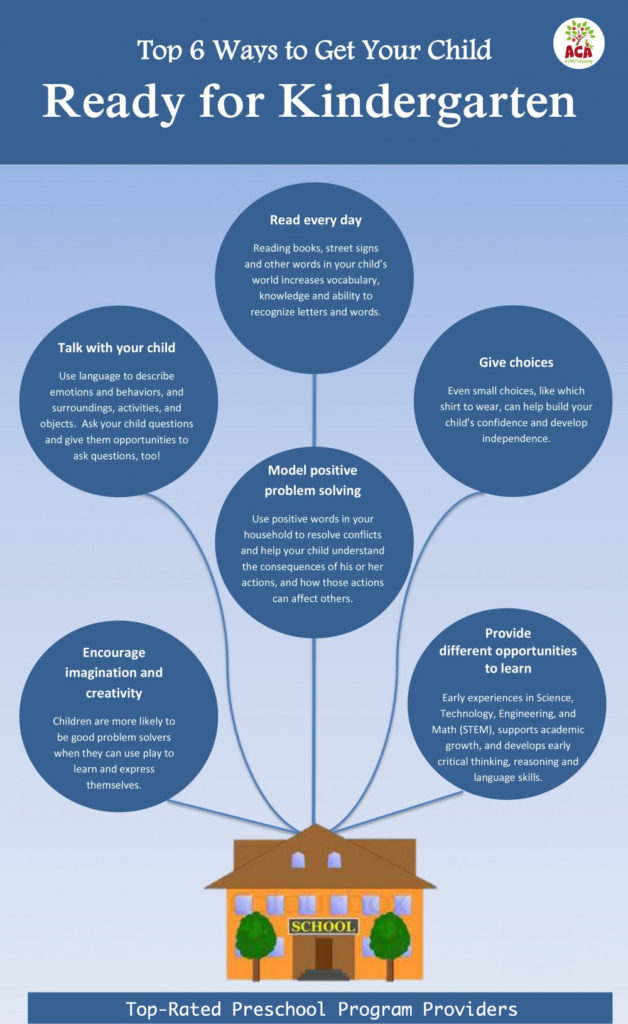 3. Language and metalinguistic readiness . In the process of speech development, the child first conveys a certain content, only partially denoting it with the help of words and sentences. Much of this content is not spoken, but only implied. The listener will understand the unspoken only if the environment, the events known to him that really happened, become the basis for conjecture. This is called extraverbal context. This form of speech is called situational (Rubinshtein). Understanding this form of speech depends on knowledge of the situation. There are no such supports in written speech. The meaning and meaning of what is written should be understood only based on the text. This requires mastery, at least in a rudimentary form, of the contextual form of speech. At about 5-7 years old, children become to a certain extent able to understand oral texts without relying on context. This allows them to fully understand book texts. In order for a child to begin learning to read and write, he must become aware of the existence of oral speech itself. Graphic signs denote elements of oral speech (sounds, syllables, words). However, it is known that until the age of 3.5-4 years, the child does not notice speech as an independent phenomenon, and even more so does not realize it. Using speech, he realizes, notices only the real reality, which is indicated with the help of speech. Before mastering the meanings of letters, the child must realize the sound side of speech as an independent reality, not to confuse the sounding word with what it means. In order to raise a child to this level of maturity, special preparatory education is needed, which is partly carried out in kindergarten, and partly at the beginning of the first grade. Graphic signs denote elements of oral speech (sounds, syllables, words). However, it is known that until the age of 3.5-4 years, the child does not notice speech as an independent phenomenon, and even more so does not realize it. Using speech, he realizes, notices only the real reality, which is indicated with the help of speech. Before mastering the meanings of letters, the child must realize the sound side of speech as an independent reality, not to confuse the sounding word with what it means. In order to raise a child to this level of maturity, special preparatory education is needed, which is partly carried out in kindergarten, and partly at the beginning of the first grade. Psychology of reading acquisition In essence, reading acquisition from a psychological point of view can be represented in a narrow and in a broad sense. In a narrow sense, this is the mastery of the skill, the technique of reading. In a broad sense, mastering reading is the formation of reading activity as a communicative speech process, including the emergence of a specific reader's motivation or "reader's interest".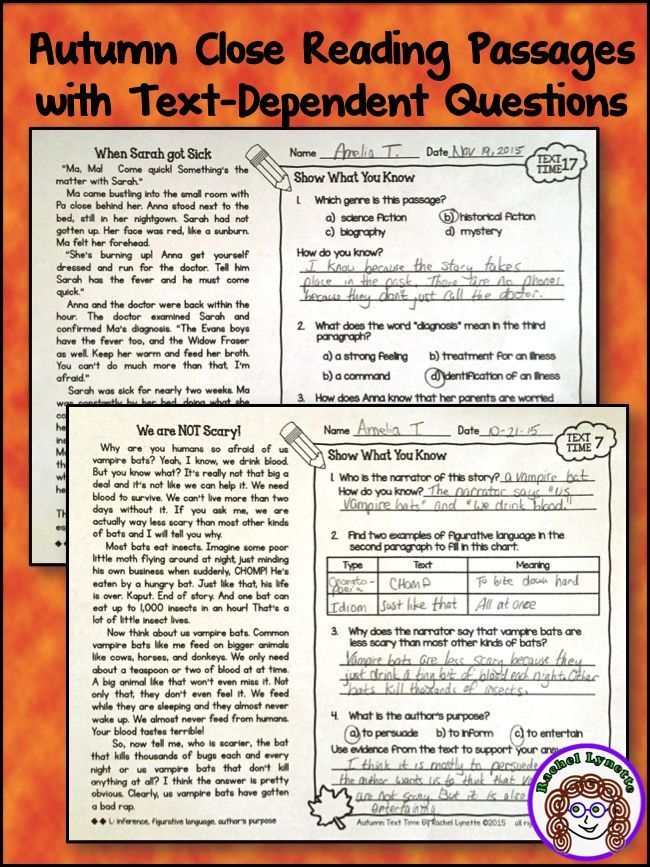 Reading skill has two main components: a) decoding texts presented in graphic form, translating them into oral form; b) understanding the meaning of written texts. A. The process of decoding when teaching by the analytical-synthetic method at the initial stage of mastering reading includes several operations: 1) determining letter-sound correspondences; 2) syllable; 3) recreating the sound image of the whole word. In this case, the main difficulties are usually associated with the second and third operations. At the same time, the success of the implementation of the second ensures the successful implementation of the third. At the initial stage of mastering reading in children, the main load falls on the processes of decoding printed text. When teaching according to the currently main methodology used in Russian schools, apparently, this is true. To a large extent, this is due to the fact that, in accordance with the program in the alphabetical period, the material for reading was selected with the expectation of developing a reading technique and, in terms of meaning, is extremely poor. The proposed phrases and short texts do not contain any new or even somewhat interesting information for the child. It is curious that a similar criticism of school reading programs can be found in foreign literature. A. Brown, for example, believes that existing programs in the United States teach "incorporeal" skills. Another approach is also possible, when from the first steps of learning to read, children read phrases, and later short texts containing some kind of logical task or question that require reflection and a subsequent answer. In other cases, the text to be read includes some kind of logical inconsistency that should be found. The proposed phrases and short texts do not contain any new or even somewhat interesting information for the child. It is curious that a similar criticism of school reading programs can be found in foreign literature. A. Brown, for example, believes that existing programs in the United States teach "incorporeal" skills. Another approach is also possible, when from the first steps of learning to read, children read phrases, and later short texts containing some kind of logical task or question that require reflection and a subsequent answer. In other cases, the text to be read includes some kind of logical inconsistency that should be found. While mastering the skill of reading, children naturally go through certain stages, which differ in psychological content. TG Egorov (1953) singled out the following stages of mastery of reading: a) Mastery of sound-letter designations; b) reading by syllable; c) the stage of formation of synthetic methods of reading; d) stage of synthetic reading.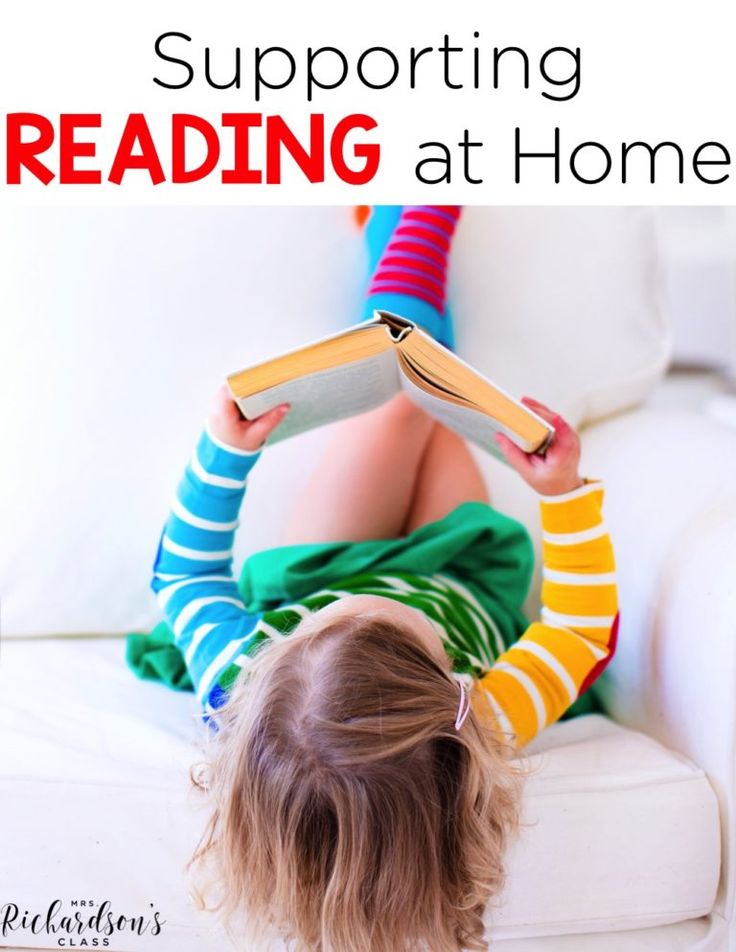 Marshe and Frits proposed the following model for the development of reading skill (mainly its initial period), in which three stages are distinguished: a) logographic reading, b) alphabetic reading, c) orthographic reading. The duration and weight of stage of logographic reading depends on the age at which the training started and the teaching methodology. It is characterized by memorization of words in the form of a holistic image, globally and direct correlation of this image with an object or picture. At this stage, the child first begins to understand that rows of icons, called letters, mean something, and their strings, separated by spaces, are called words. This stage is all the more prolonged and developed, the younger the age of the children who begin to learn to read. Observation of children (even 7-8 years old) learning to read at school shows that frequently occurring letters are remembered globally to a certain extent. The tendency to use a similar strategy is expressed in different children to varying degrees. According to the authors mentioned above, at this stage children (in England - at the age of 5-6) pass from unconscious metalinguistic representations to conscious metalinguistic skills. The tendency to use a similar strategy is expressed in different children to varying degrees. According to the authors mentioned above, at this stage children (in England - at the age of 5-6) pass from unconscious metalinguistic representations to conscious metalinguistic skills. In the alphabetic reading step , children decode the graphic word based on elementary, sound-letter matches, which corresponds to so-called "letter-by-letter reading". Sometimes, outwardly, such a reading may look like a syllable, but a detailed analysis reveals that individual letters are initially recognized, and then the operation of syllable fusion is performed. The main psychological content of this stage is the assimilation of sound-letter symbols, which includes memorizing a complete list of graphemes of the Russian language (including allographs *) [* Allographs - spelling variants of the same grapheme (written, printed, lowercase, uppercase, etc.)] and the ability to accurately and differentially correlate the semantic distinguishing features of written language characters (including spaces, period, b), not always directly and uniquely corresponding to the differential features of the oral language. When using the semi-global method of teaching reading developed by us, this stage is almost absent. Recognition occurs immediately at the level of the whole syllable. When using the semi-global method of teaching reading developed by us, this stage is almost absent. Recognition occurs immediately at the level of the whole syllable. Stage orthographic reading is characterized by the transition from the letter-by-letter decoding strategy to the recognition of a group of letters at once. This last stage, described by the authors, plays, in our opinion, the key to mastering reading. It is with this method of reading that the child overcomes the most difficult and important milestone on the way to mastering reading. The length of this stage varies in different children from 1 year to 3 years. The main difficulties in children with problems in mastering reading also arise at this stage, which in such cases can stretch for up to 5-8 years or more. Due to the importance of this stage, it deserves a more detailed description. To understand the essence of the process of forming a reading skill, it is necessary to understand what are the main operational units of reading, that is, the minimum structural components of the skill as a whole, which are an indicator of the maturity of this skill.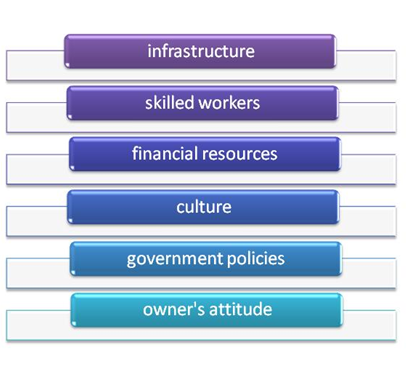 The operational reading unit is the maximum number of characters that is recognized when reading at the same time, holistically and, thus, is the minimum information unit in the process of storing (in RAM) and processing information. We have experimentally proved that the “operational unit of reading” is a formation belonging to the perceptual, gnostic level, and not to the speech-motor level. In other words, key operations occur in the process of perception and recognition of the syllable and the letters of its constituents, and not during articulation. Syllabic fusion is first of all a gnostic operation, and only then an articulatory one. The essence of this phenomenon is twofold. On the one hand, this is a linguistic operation of transition from the sounding and articulation of the consonant "phoneme" in an isolated position to its positional (allophone) pronunciation, taking into account the vowel that follows. This occurs only in direct syllables. That is why reading back syllables for most children is much easier than reading straight ones. The operational reading unit is the maximum number of characters that is recognized when reading at the same time, holistically and, thus, is the minimum information unit in the process of storing (in RAM) and processing information. We have experimentally proved that the “operational unit of reading” is a formation belonging to the perceptual, gnostic level, and not to the speech-motor level. In other words, key operations occur in the process of perception and recognition of the syllable and the letters of its constituents, and not during articulation. Syllabic fusion is first of all a gnostic operation, and only then an articulatory one. The essence of this phenomenon is twofold. On the one hand, this is a linguistic operation of transition from the sounding and articulation of the consonant "phoneme" in an isolated position to its positional (allophone) pronunciation, taking into account the vowel that follows. This occurs only in direct syllables. That is why reading back syllables for most children is much easier than reading straight ones.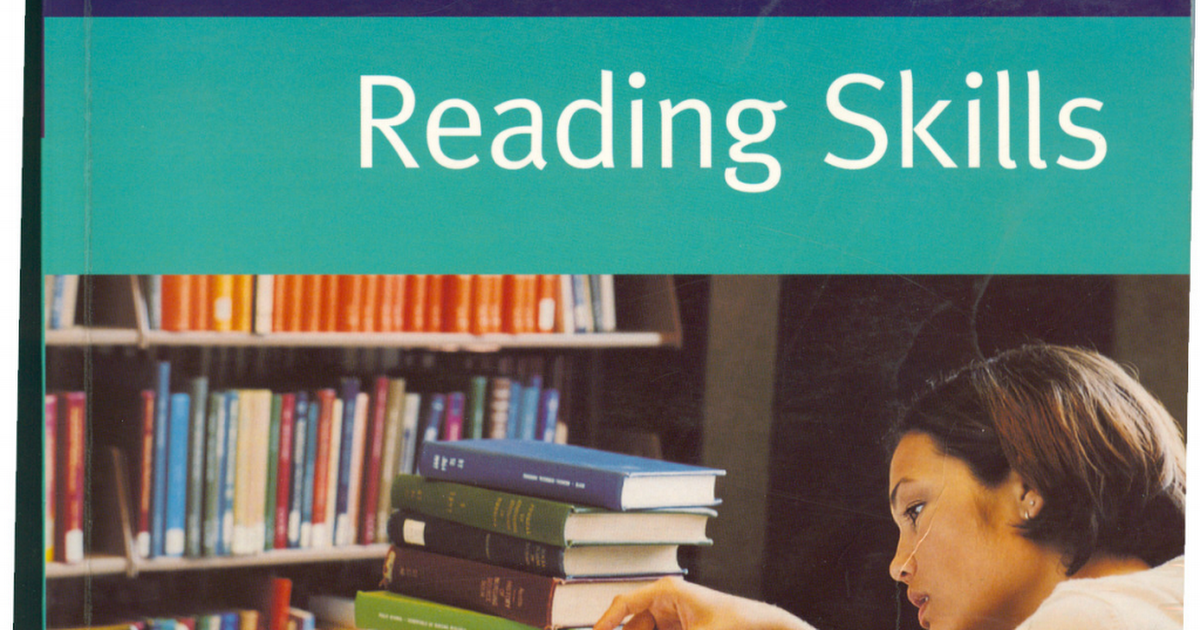 There is no merge problem. There is no merge problem. For the same reason, the syllabic principle requires that the visual scanning of the text, the movement of the gaze when reading, be organized in such a way that anticipation occurs, ahead of the recognition of the next letter (vowel) before or simultaneously with the previous one (consonant). In this case, two or more characters must be recognized as one meaningful unit (syllable, morpheme, word, group of words). That is why it is so difficult for a child to adjust to a continuous (positional) pronunciation if the recognition occurred letter by letter. In such cases, the so-called "double reading" is often observed: the child whispers the word to himself letter by letter, reads aloud in syllables or a whole word. Any skill and the operations of which it consists, at the initial stage of its formation, are carried out completely under the control of consciousness. The scheme of regulation and control over actions is maximally deployed. As the skill improves, individual operations are automated and their regulation is carried out in a more reduced form, beyond the control of consciousness. At the end of this process, only the final result of the entire chain of operations remains under the control of consciousness. This pattern applies to reading as well. As you know, it consists of a series of separate operations (to simplify the real process somewhat): recognition of a letter in its connection with a phoneme, fusion of several letters into a syllable, fusion of several syllables into a word, integration of several read words into a complete phrase or utterance. At the end of this process, only the final result of the entire chain of operations remains under the control of consciousness. This pattern applies to reading as well. As you know, it consists of a series of separate operations (to simplify the real process somewhat): recognition of a letter in its connection with a phoneme, fusion of several letters into a syllable, fusion of several syllables into a word, integration of several read words into a complete phrase or utterance. At the very initial stage of learning, all these operations are performed by the child approximately in the same sequence. Moreover, each of them is carried out under conscious control and requires, as it were, a separate mental effort. In the future, they are automated, proceed subconsciously (if there are no unforeseen difficulties), and in the end, only the comprehension of a phrase or statement remains under the control of consciousness. At each stage of skill development, there is an operation (one of the above), which is so well developed that it proceeds automatically.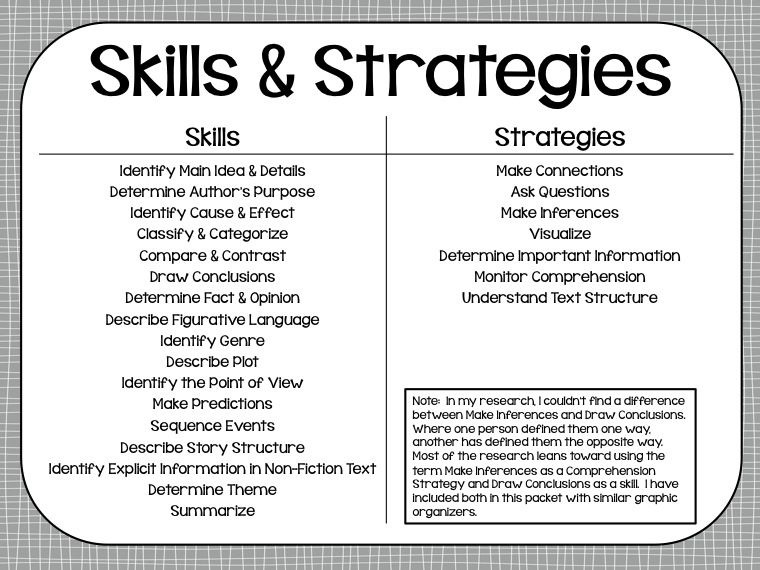 It represents the level at which decoding operations have reached their final maturity, are automated and no longer require conscious control. The number of characters that is processed at this level, we consider as an "operational reading unit" (OPEU) that has achieved automation. Such operational units can be a letter, a SG type syllable (consonant, vowel), GS, a SG syllable, a SG syllable, a SG syllable, a SG syllable, a word or a group of words. It represents the level at which decoding operations have reached their final maturity, are automated and no longer require conscious control. The number of characters that is processed at this level, we consider as an "operational reading unit" (OPEU) that has achieved automation. Such operational units can be a letter, a SG type syllable (consonant, vowel), GS, a SG syllable, a SG syllable, a SG syllable, a SG syllable, a word or a group of words. The model proposed by us was tested experimentally and received confirmation. The experiment showed that the process of automating the reading skill can be represented as a discrete sequence of transitions from elementary reading units to more complex ones. The following is a brief outline of such transitions: Letters [first vowels (V), then consonants (S)] Syllables like SG and GS (for example, mo, am) Syllables (words) SGS 9 type0032 (e.g. lat, poppy) Syllables (words) like SSG and GSS (e.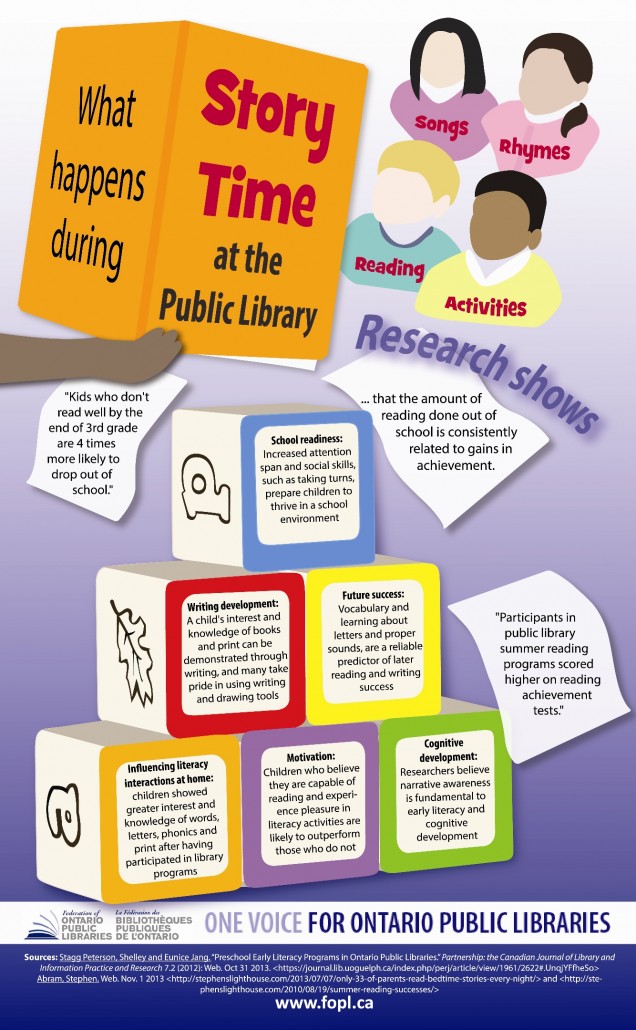 g. sti, ark, hundred) Disyllabic words like SGSG (e.g. hand) and GSSG (pit) g. sti, ark, hundred) Disyllabic words like SGSG (e.g. hand) and GSSG (pit) Syllables (words) of the CCHS type (knocking) and CCCC (top). Disyllabic words like GSSS (for example, ax and SGSSG (crust) Syllables (words) like GSSS (for example, omsk). Three -sided words such as SGSGSG (milk) and SGSGSGS (hammer) Three -sided words SGSSGSSG (gloves) SSGSSGSG (sheet) The main sign is that the reading of the composite is given that the reading of the composite is this type is their recognition at one glance, simultaneously (simultaneously), and not sequentially element by element (successively). It is easiest to fix this by the time spent on identifying the syllable. A survey of fluent reading groups of adults and senior schoolchildren (30 people) showed that a list of 100 different open syllables (SG, GS) is read in about the same time as 100 letters, and 100 closed syllables (SGS) - for the same time as 100 open syllables, SSG, etc. Most of the reading time is spent on recognition, and not on pronunciation. Children who do not automate the reading of syllables of one type or another read them much more slowly than the same number of simpler syllables. Most of the reading time is spent on recognition, and not on pronunciation. Children who do not automate the reading of syllables of one type or another read them much more slowly than the same number of simpler syllables. Thus, the improvement of reading skills can be viewed as a process of consolidation and automation of operational units of reading. This evolution significantly affects the success of reading comprehension. As you know, the recognition and understanding of the word occurs after the reconstruction of its sound form. In analytical (letter-by-letter or syllable-by-syllable) reading, this becomes possible after the sequential identification of all the syllables (or letters) that make up the word. Thus, until the child has read the word to the end, he must keep in RAM the entire series of syllables already read in the correct sequence. The amount of RAM can accommodate no more than 7 ± 2 storage units in an adult. In children of primary school age, two units less. Therefore, it is already difficult to understand a phrase that includes 7-8 syllables at this stage. In the case of letter-by-letter reading, the number of storage units in RAM per word doubles. Therefore, long words (from 8-9letters) children often re-read 2-3 times. Therefore, it is already difficult to understand a phrase that includes 7-8 syllables at this stage. In the case of letter-by-letter reading, the number of storage units in RAM per word doubles. Therefore, long words (from 8-9letters) children often re-read 2-3 times. In addition to the level of formation of OPEC, the efficiency of decoding and syllable merging operations depends on some linguistic characteristics of the text: the syllabic structure of words, the presence of a confluence of consonants and their position in a word, the frequency of words. It has been experimentally proven that the reading speed decreases, and the number of errors increases as the number of syllables in a word increases, the number of consonants per vowel increases, the syllable is removed from the beginning to the end of the word (in final syllables, especially with a confluence of consonants, the number of errors increases significantly ) and reduce the frequency of words. Two-syllable words with choreic (field, sea) and iambic (foot, saw) rhythmic structure are the easiest to read.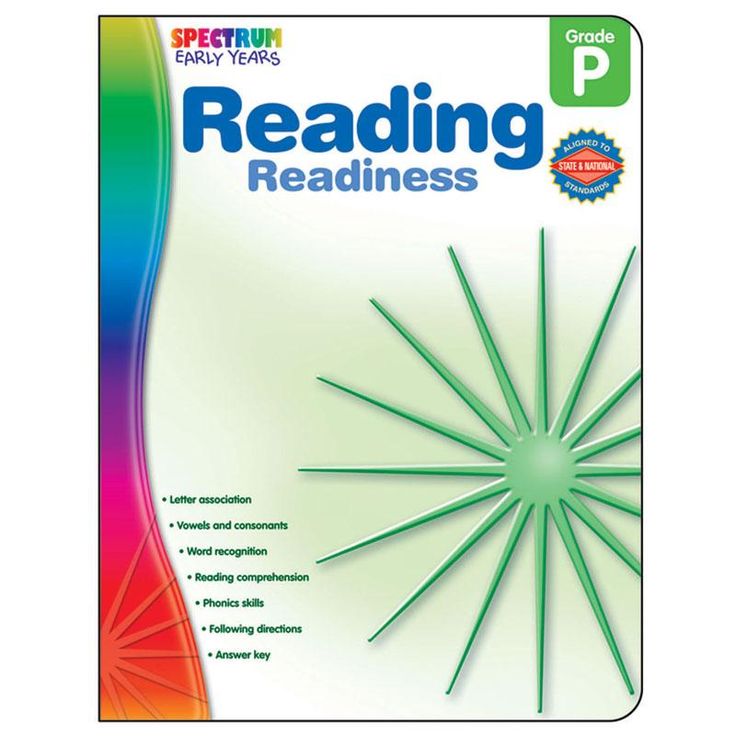 The next three-syllable words in complexity are amphibrachs (polola, hanging, gate), , then dactyl (hair, puddle) and anapaest (wheel, head). The location of the confluence of consonants in relation to the stressed syllable is essential. The easiest construction is the words in which the consonant cluster is in the pre-stressed position. The next three-syllable words in complexity are amphibrachs (polola, hanging, gate), , then dactyl (hair, puddle) and anapaest (wheel, head). The location of the confluence of consonants in relation to the stressed syllable is essential. The easiest construction is the words in which the consonant cluster is in the pre-stressed position. B. The process of understanding written texts has been studied much worse than the process of decoding. At the same time, understanding the meaning of what has been read seems to be a more elementary process. It includes understanding the meaning of each word read and the sentence as a whole. Understanding the meaning of text is much more complex and multifaceted. In most cases (when reading fiction, information and reference materials, etc.), each phrase is included in a certain textual context and, therefore, has a certain meaning arising from the text and subtext. As in the case of understanding oral texts, here it is necessary to understand not only the meaning, but also the meaning of the statement. Only in the latter case does reading become a communicative process: a dialogue between the author and the reader. When reading fiction or scientific literature, hidden remarks, comments, objections may arise, confirming that there is a process of communication between the reader and the author of the text. As in the case of understanding oral texts, here it is necessary to understand not only the meaning, but also the meaning of the statement. Only in the latter case does reading become a communicative process: a dialogue between the author and the reader. When reading fiction or scientific literature, hidden remarks, comments, objections may arise, confirming that there is a process of communication between the reader and the author of the text. It has been experimentally proven that text comprehension correlates very weakly with reading technique. This is observed both in healthy children and in children with dyslexia. Poor reading technique, of course, prevents a full understanding of the text. But a quick, fluent reading does not guarantee a full understanding. Obviously, the strategy and quality of understanding should significantly depend on the nature of the text (coherence, specificity, familiarity of the context, lexical characteristics) and the psychological attitude of the reader (reading for formal understanding as a learning task, reading to satisfy interest in the event side of the text, reading for practical, business information).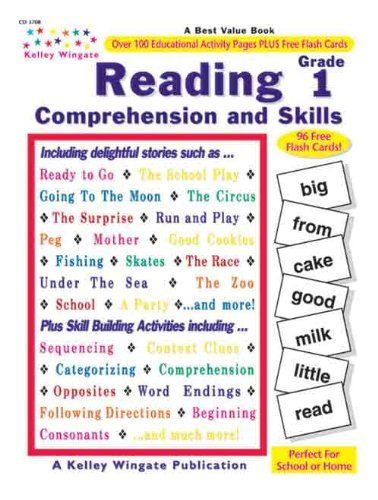 Therefore, to discuss the model of the process of understanding when reading abstractly, regardless of the psychological context in which reading takes place, apparently, hardly makes sense. For the same reason, the teaching methodology, the specifics of setting a learning task when reading will significantly affect the formation of the ability to fully understand what is read. In the strict sense, the development of reading comprehension continues to develop after leaving school and even into adulthood. Therefore, to discuss the model of the process of understanding when reading abstractly, regardless of the psychological context in which reading takes place, apparently, hardly makes sense. For the same reason, the teaching methodology, the specifics of setting a learning task when reading will significantly affect the formation of the ability to fully understand what is read. In the strict sense, the development of reading comprehension continues to develop after leaving school and even into adulthood. Methods of teaching reading The above list of conditions is incomplete to a large extent depends on the method of teaching reading. Some techniques require a high degree of maturity of the mentioned abilities, while others are less demanding. Transcultural comparisons show that in different countries the beginning of learning occurs at different ages: in India - at 4 years old, in England - at 4-5 years old, in Sweden, Germany - at 6-7 years old, in the USA - at 6 years old.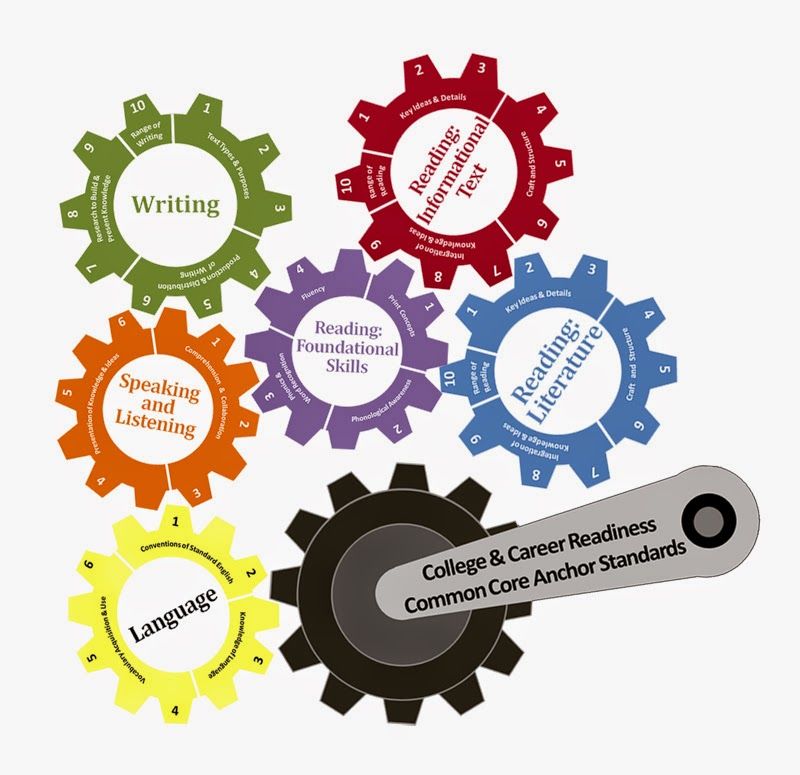 Acquaintance with the methods of primary education in these countries shows that they are adapted in relation to the characteristics of the psyche of children of this age. This adaptation concerns both the content and methods of teaching, and the style of relationships with children in the classroom. Thus, the concept of "school maturity" should be correlated with the level of requirements and teaching methods inherent in a particular program. Acquaintance with the methods of primary education in these countries shows that they are adapted in relation to the characteristics of the psyche of children of this age. This adaptation concerns both the content and methods of teaching, and the style of relationships with children in the classroom. Thus, the concept of "school maturity" should be correlated with the level of requirements and teaching methods inherent in a particular program. In order to understand the difficulties that preschool children have and to prevent them, it is necessary to know the requirements that the chosen method of teaching reading makes, and the psychophysiological and speech capabilities of preschool children. For example, the traditional analytical-synthetic teaching methodology, which is the base in Russian general education schools, has a number of fundamental features that determine the requirements for the state of readiness for learning to read. The technique assumes the obligatory possession of a complete sound analysis of oral speech and the skills of reconstructing a whole phonetic word from individual sound letters.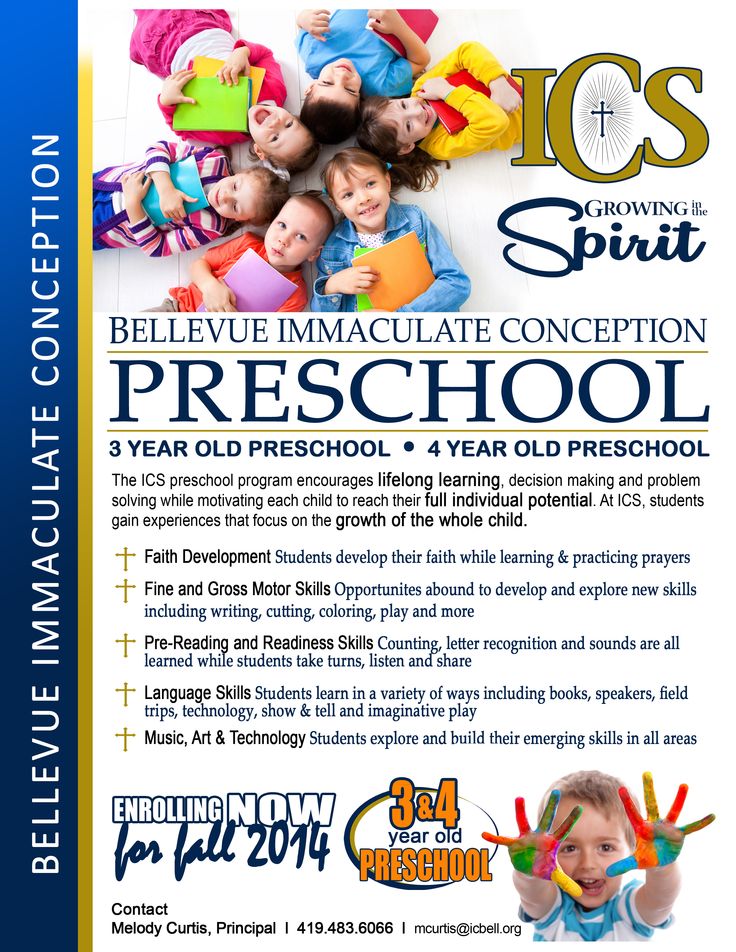 Both should be carried out at a conscious, highly arbitrary level of activity. At the initial stage, the maximum load on the auditory-speech analyzer and successive, analytical operations. Both should be carried out at a conscious, highly arbitrary level of activity. At the initial stage, the maximum load on the auditory-speech analyzer and successive, analytical operations. When using the global teaching method, which is the main one in deaf pedagogy, the requirements for analysis are minimal and the main reliance is placed on the visual analyzer. Therefore, the psychological features of the methodology should be correlated with the age indicators of maturity of the corresponding most demanded mental and linguistic abilities. The semi-global method makes it easier for children to master the skill of syllabic reading, even with a low level of phonemic analysis. It provides the ability to read real, meaningful phrases after mastering the first two consonants. "Primer" Introduction For many preschool children, it is still difficult to consciously master the rules of syllable fusion and their use in practice.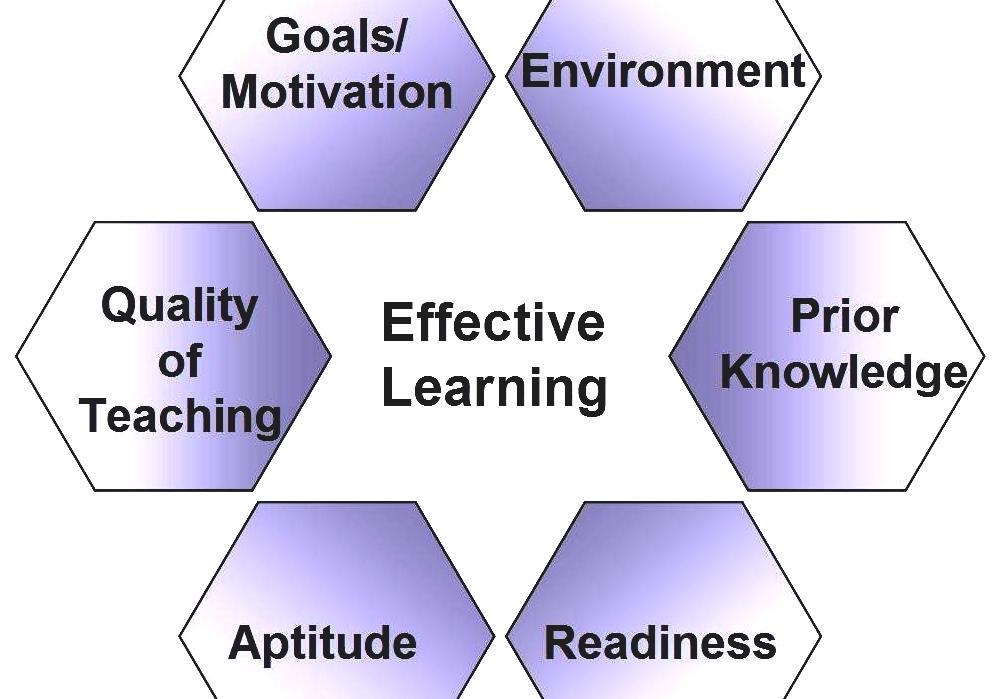 They learn syllable skills more easily on a practical level. They already have access to the division into syllables in words that are simple in syllabic structure. The principle of learning in our methodology is the assimilation of syllables as integral units of identification (like hieroglyphs) from the very beginning of learning. They learn syllable skills more easily on a practical level. They already have access to the division into syllables in words that are simple in syllabic structure. The principle of learning in our methodology is the assimilation of syllables as integral units of identification (like hieroglyphs) from the very beginning of learning. The functional basis for this method is the syllabic analysis of words, which, as is known, is mastered easier and earlier in ontogeny. The literal period is immediately preceded by at least a six-month preparatory, propaedeutic period. The main task of this period is to achieve awareness of speech itself (as opposed to what it means), the ability to divide the speech stream into such units as words, syllables, sounds (in the easiest positions to highlight them: stressed vowel, the beginning of a word). This technique implies certain peculiarities in conducting pre-letter propaedeutic period . The sequence of comprehension of speech and language units follows the principle of conformity to nature.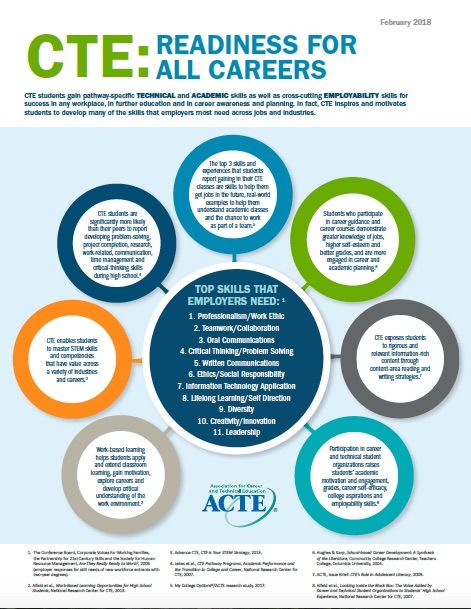 First of all, with the help of playing techniques, it is necessary to draw the attention of children to the sound side of speech, to activate auditory attention. Playing with words, using word formation, inflection, the educator helps children gain experience of observing how changing the sound shell of a word changes its meaning. First of all, with the help of playing techniques, it is necessary to draw the attention of children to the sound side of speech, to activate auditory attention. Playing with words, using word formation, inflection, the educator helps children gain experience of observing how changing the sound shell of a word changes its meaning. First, those skills are formed that are psychologically more accessible and are acquired earlier. Work on speech analysis is carried out in the following (natural) sequence: first, the selection of a word from an utterance (phrase), then the division of a word into syllables (words such as SGSG or GSSG are selected). Only after these two skills are consolidated do they move on to isolating one sound against the background of a word in an easy position (at the end of the first half of the year). Work on propaedeutics does not end with the beginning of the literal period. It continues throughout the course of study. In the first year and a half, the emphasis on time and effort is placed on syllabic (!) analysis and syllabic synthesis. This is one of the fundamentally important differences from the traditional method. This is one of the fundamentally important differences from the traditional method. An obligatory component of the pre-alphabetic period is the global memorization of a certain amount of graphic words by playing Dominoes designed for this technique (see Appendix "Game material. Dominoes"). In addition to Domino, the following game technique can be used for the same purpose. It is necessary to select 8-10 pictures similar to those included in sets 1 and 2 of Dominoes plus Pictures that will be needed when getting to know the letters (see Primer). On the card under the picture is written the word denoting it. For each of the pictures, a special plate is made with a word written in block letters denoting the drawn object. This material should be used at the same time children are learning to play Dominoes (sets A). First, the child is offered to pick up a tablet with a word to the corresponding card with a picture and a word. Comparing the words and placing a sign on the card, the child names the picture. At the next stage, the teacher selects a tablet, and the child selects a card with a picture and a word for it. Further in the game, cards with a picture are used, but without a word. The child selects the plate to the picture without relying on the word below it. This stage should coincide with the time when set A is replaced by set B in Domino. Before the beginning of the letter period, children must master at least the first two game sets (B1 and B2). At the next stage, the teacher selects a tablet, and the child selects a card with a picture and a word for it. Further in the game, cards with a picture are used, but without a word. The child selects the plate to the picture without relying on the word below it. This stage should coincide with the time when set A is replaced by set B in Domino. Before the beginning of the letter period, children must master at least the first two game sets (B1 and B2). The process of acquaintance with sound-letter correspondences is based on a parallel, step-by-step analysis of a phonetic word and a graphic word. The latter should be familiar to the child. Therefore, an obligatory component of the preparatory stage are the Domino games included in the set. The goal of the game is to memorize a small set of words globally. These words will be used later in the literal period. The order of letters in this primer has been changed in accordance with the principles of the methodology. The main vowels are mastered first (including one iotated - E).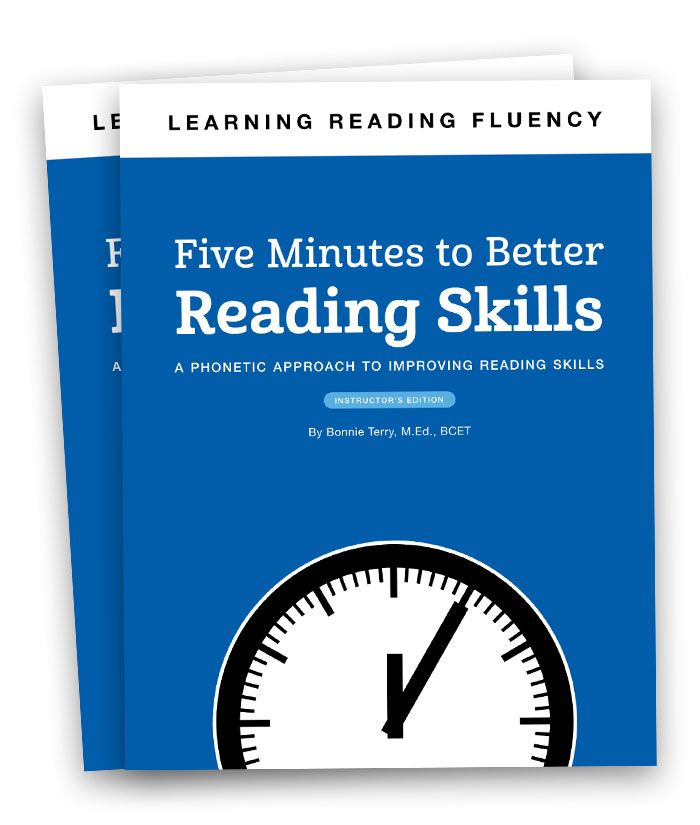 Of the consonants, the first given are those that are most often found in texts at the level of first-graders. That is, the base of the chosen sequence is the frequency of sounds in words that a child of this age encounters in texts. This allows you to compose meaningful phrases that include verbs much earlier. The educator needs to think over the game forms of presenting the material. Our experience of conducting classes in theatrical form has shown the success of such a technique. Classes should not be reading lessons! Of the consonants, the first given are those that are most often found in texts at the level of first-graders. That is, the base of the chosen sequence is the frequency of sounds in words that a child of this age encounters in texts. This allows you to compose meaningful phrases that include verbs much earlier. The educator needs to think over the game forms of presenting the material. Our experience of conducting classes in theatrical form has shown the success of such a technique. Classes should not be reading lessons! Taking into account the different levels of children's abilities, it is necessary to control learning and automation (necessarily both!) in all children. The pace of introducing new letters should correspond to the capabilities of the majority of children in the subgroup (at least 75% of the n / group). Do not try to force the pace of learning! Otherwise, at a certain stage, some of the children will have a breakdown and the loss of poorly acquired skills will occur.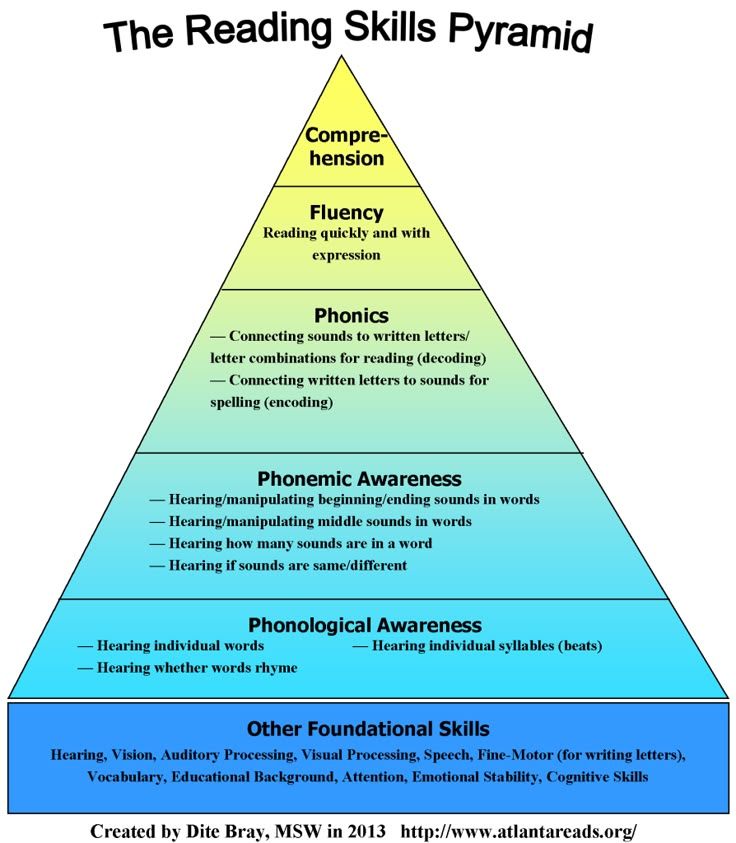 Each lesson includes a number of components that play a supporting role, but no less important than work with letters and syllables. The sequence of these components indicated in this manual is not accidental, but thought out and logically justified. Do not violate it. The main differences of this technique appear from the moment of mastering the letters denoting consonants. Already at the first lesson devoted to acquaintance with the letter L (and subsequent ones), children should be introduced to graphic syllables and their phonetic equivalents (phonetic syllables). In other words, having introduced a new letter, the teacher demonstrates to the children the reading of the entire list of two-letter syllables of the Russian language that can be formed by this letter, and the vowels already passed. Children in turn (not in chorus) repeat, “read” after the teacher each shown and voiced syllable. If on the card a syllable contains a stunned voiced consonant (ab, oz , etc.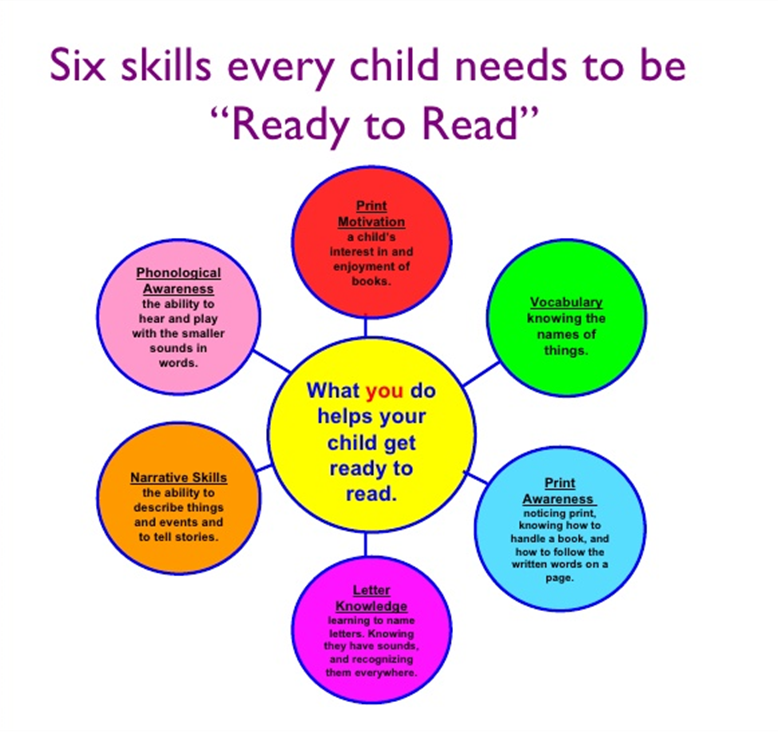 ), the teacher pronounces it orthoepically (i.e., stunning: ap, os , etc.). It is not necessary to explain to children the differences between spelling and pronunciation! The list of syllables given in the primer does not include those that are not used in Russian speech. For example sp, im. ), the teacher pronounces it orthoepically (i.e., stunning: ap, os , etc.). It is not necessary to explain to children the differences between spelling and pronunciation! The list of syllables given in the primer does not include those that are not used in Russian speech. For example sp, im. Traditional methods of forming the skill of merging a syllable from letters are not used in this method ! It is fundamentally! An attempt to combine the techniques inherent in two different methods will not help, but will hurt. This has been tested by us in practice. With the help of special techniques, children memorize the reading of the syllables globally. The main of these methods is the use of syllabic tables, samples of which are given in the manual. In practical work with a subgroup of children, it is more convenient to form such tables from syllabic cards (you need direct and reverse syllables from the Didactic Speech Material application).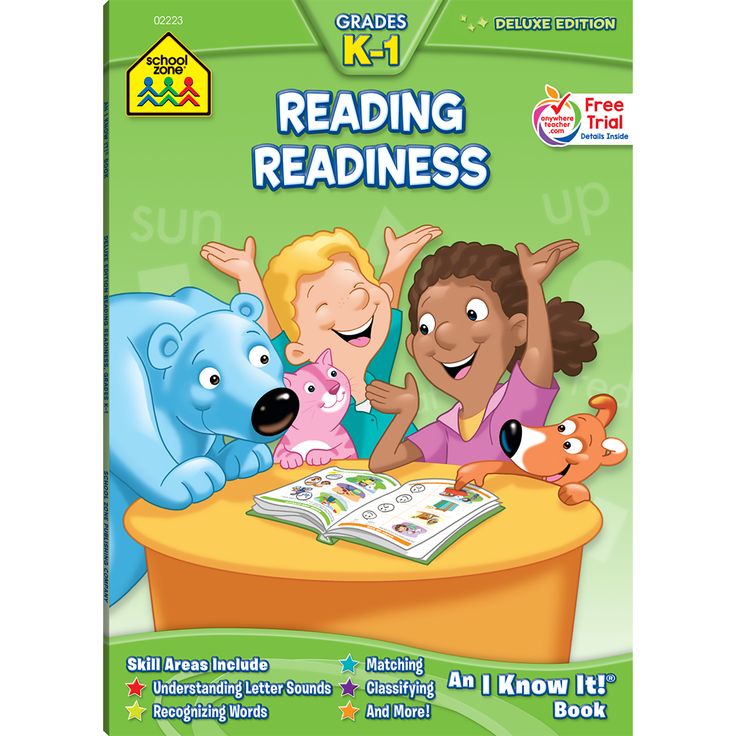 When working with the table (already in the first or second lessons on a new letter), children are invited to take turns looking for the syllables named by the teacher in the table. They look for them, show them and name them. Be sure to give the children the following installation: "Find as soon as possible!" When trying to find it quickly, children try to grasp the general graphic appearance of the syllable. With repeated exercises with the table, the connection between graphic and phonetic syllables is acquired firmly and gradually automated. Then this syllable becomes an operational unit of reading. The composition of the syllabary table should approximately correspond to the given samples. In each next session of working with the syllabic table, you need to change the relative position of syllables in it (so that not a specific table is learned, but syllables). The same table should include both direct and reverse syllables with a given consonant. The exception is paired voiced consonants. When working with the table (already in the first or second lessons on a new letter), children are invited to take turns looking for the syllables named by the teacher in the table. They look for them, show them and name them. Be sure to give the children the following installation: "Find as soon as possible!" When trying to find it quickly, children try to grasp the general graphic appearance of the syllable. With repeated exercises with the table, the connection between graphic and phonetic syllables is acquired firmly and gradually automated. Then this syllable becomes an operational unit of reading. The composition of the syllabary table should approximately correspond to the given samples. In each next session of working with the syllabic table, you need to change the relative position of syllables in it (so that not a specific table is learned, but syllables). The same table should include both direct and reverse syllables with a given consonant. The exception is paired voiced consonants.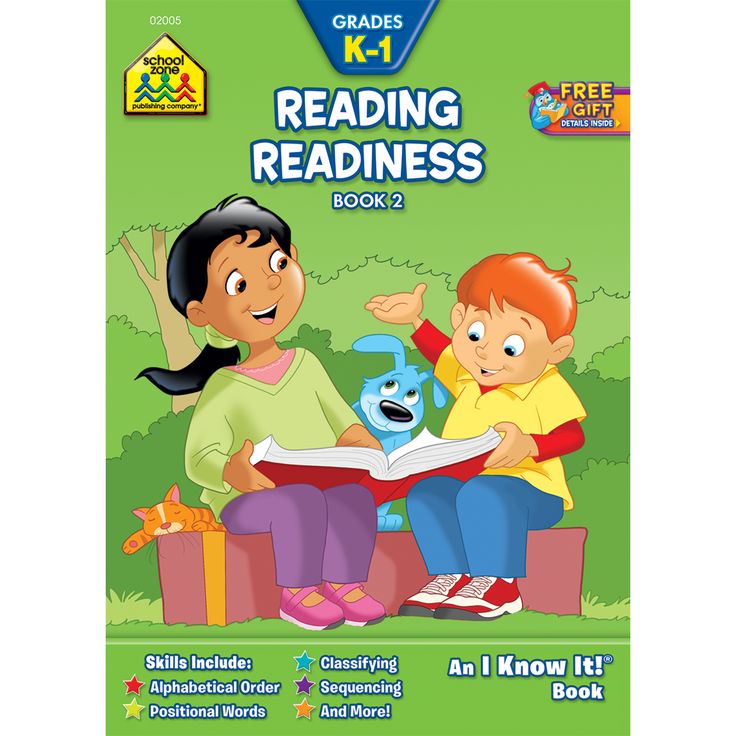 Reverse syllables with them are not included in the table, since they are stunned in the final position. The more often children practice with syllabic tables, the stronger the connection between a graphic syllable and a phonetic syllable is assimilated and the skill of syllabic reading is formed faster. The usual number of syllables in a table is 16 (4 x 4). For children of a weak subgroup, the number of syllables can be reduced to 9(3 x 3). Reverse syllables with them are not included in the table, since they are stunned in the final position. The more often children practice with syllabic tables, the stronger the connection between a graphic syllable and a phonetic syllable is assimilated and the skill of syllabic reading is formed faster. The usual number of syllables in a table is 16 (4 x 4). For children of a weak subgroup, the number of syllables can be reduced to 9(3 x 3). Learned reading skills must be included in games that require the use of reading skills for practical purposes (for example, playing "mail", etc.). Methodical comment. In the task “Read, put stress correctly”, work with words is carried out according to a certain methodology. Words are grouped based on common syllabic structure and stressed syllable location. Reading a group of words with a single rhythmic intonation structure makes it easier for children to correctly place the stress. Schemes of the rhythmic-intonational structure of words are intended for the educator and indicate in this case an indication of a single structure in the proposed group of words.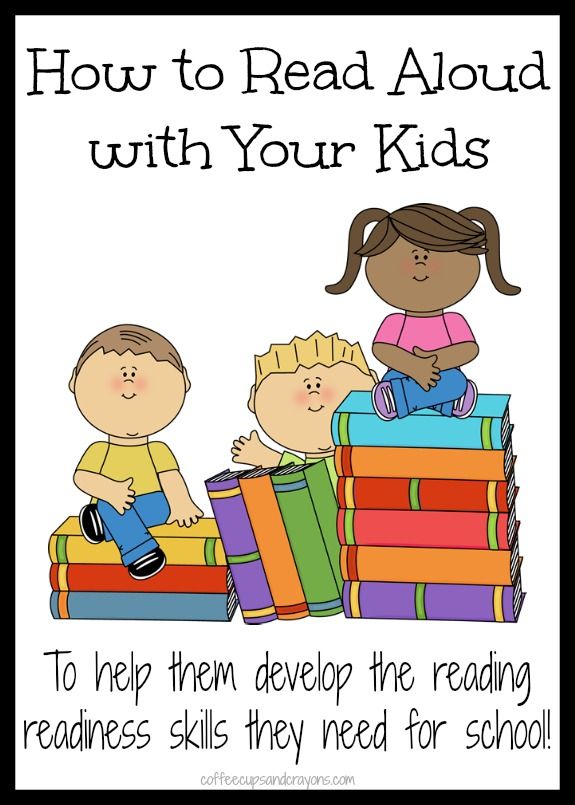 These schemes are not shown to children (!), and work with them is not performed within the framework of this task. These schemes are not shown to children (!), and work with them is not performed within the framework of this task. In the middle group and at the beginning of the senior group, the reading material has a color highlighting of syllables. In the speech material of the lessons there is a selection in bold. When making manuals, it is these letters (syllables) that are highlighted in color. Ready-made manuals for part of the classes are available in the application "Didactic speech material". When reading three-syllable words is no longer difficult, you can move on to reading unmarked text. Reading unfinished sentences. Children are invited to read each sentence individually (not in unison!). The written child reads, and the missing word is selected according to the picture, suitable in meaning, from several offered for choice (some of them should not be suitable in meaning). Children from a strong subgroup in the learning process can be asked to come up with the end of a phrase without relying on pictures.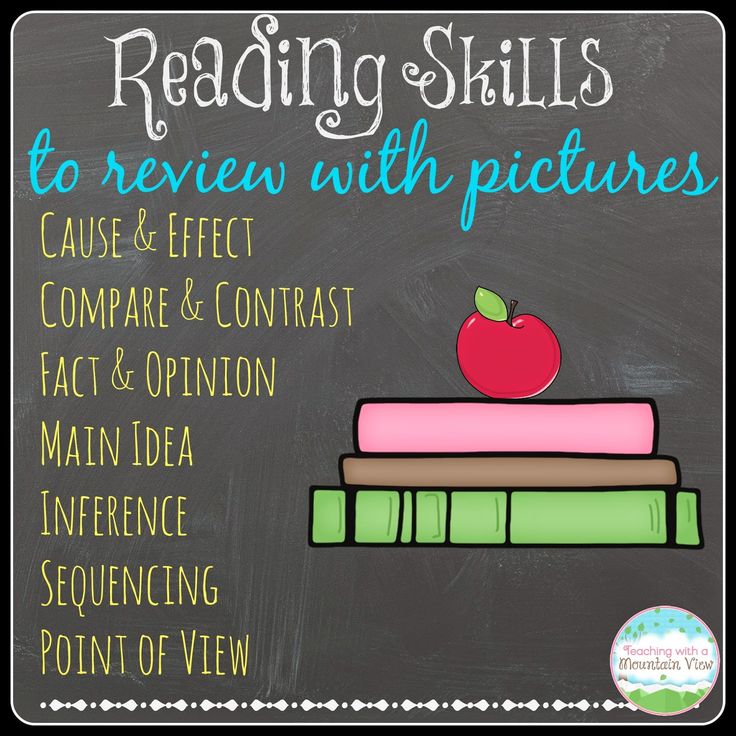 * * * The distribution of material by years proposed in the manual is approximate. It is understood that training begins with the middle group. However, this is not necessary, you can start training with the older group. The pace of mastering new letters and reading skills should be adjusted to the actual rate of learning in this group. If for your children it turned out to be slower than the proposed one, introduce additional reinforcing activities. ⇐ Previous12345Next ⇒ Organization of surface water runoff: The largest amount of moisture on the globe evaporates from the surface of the seas and oceans (88‰)... General conditions for choosing a drainage system: The drainage system is selected depending on the nature of the protected... Individual and group drinkers: for animals. Schemes and designs... Papillary patterns of fingers - a marker of sports abilities: dermatoglyphic signs are formed at 3-5 months of pregnancy, do not change throughout life.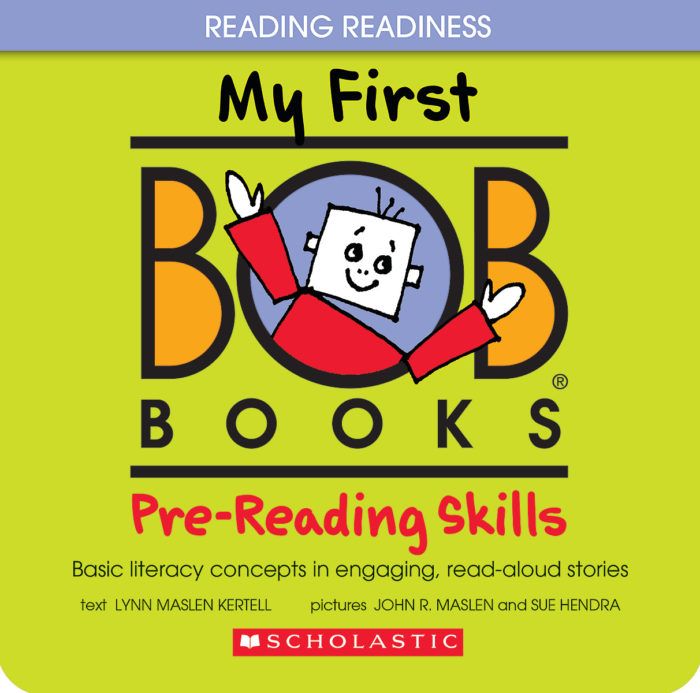

|
 By forming early experiences with books and positive feelings (that’s where you come in!), your child may discover a love of reading.
By forming early experiences with books and positive feelings (that’s where you come in!), your child may discover a love of reading. They may ask you to read to them at any point in the day, whether it’s a book, a sign, or a poster they saw on the street.
They may ask you to read to them at any point in the day, whether it’s a book, a sign, or a poster they saw on the street.
 They at least understand the concept of the letter “k,” for example, having an associated sound.
They at least understand the concept of the letter “k,” for example, having an associated sound. Longer, advanced sentences may be too difficult for them to complete at this point. Keep it simple!
Longer, advanced sentences may be too difficult for them to complete at this point. Keep it simple!
 You can read aloud to your child at any time of the day. The more they hear you read, the more they’ll want to learn how to do it themselves!
You can read aloud to your child at any time of the day. The more they hear you read, the more they’ll want to learn how to do it themselves! While there are certainly some core concepts to stick to, the power of your child’s reading adventure comes when you both figure out what works best for them.
While there are certainly some core concepts to stick to, the power of your child’s reading adventure comes when you both figure out what works best for them. That may feel a little scary, but if you’ve taught your child how to pick up his toys or put on his socks, you can teach your child to read, too!
That may feel a little scary, but if you’ve taught your child how to pick up his toys or put on his socks, you can teach your child to read, too!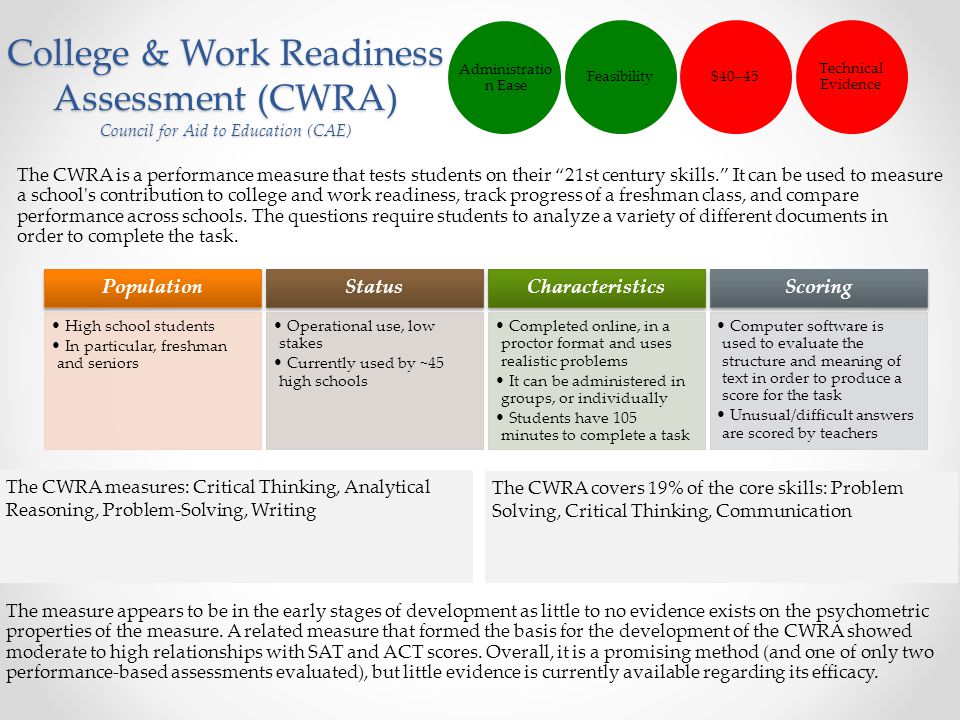
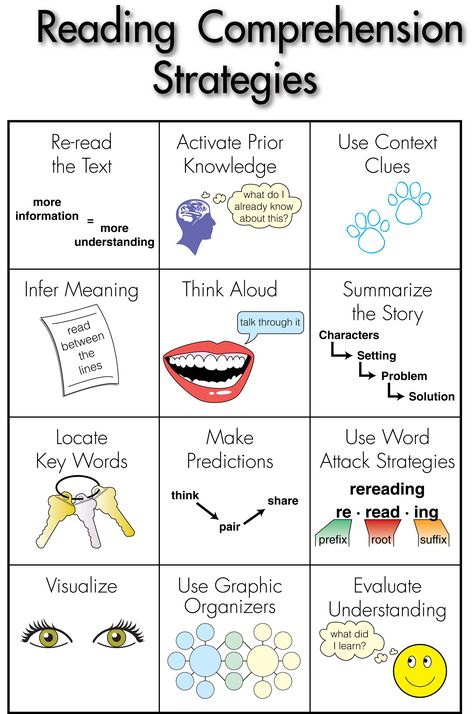 Phonological awareness is the ability to hear and identify the various sounds in spoken words.
Phonological awareness is the ability to hear and identify the various sounds in spoken words. 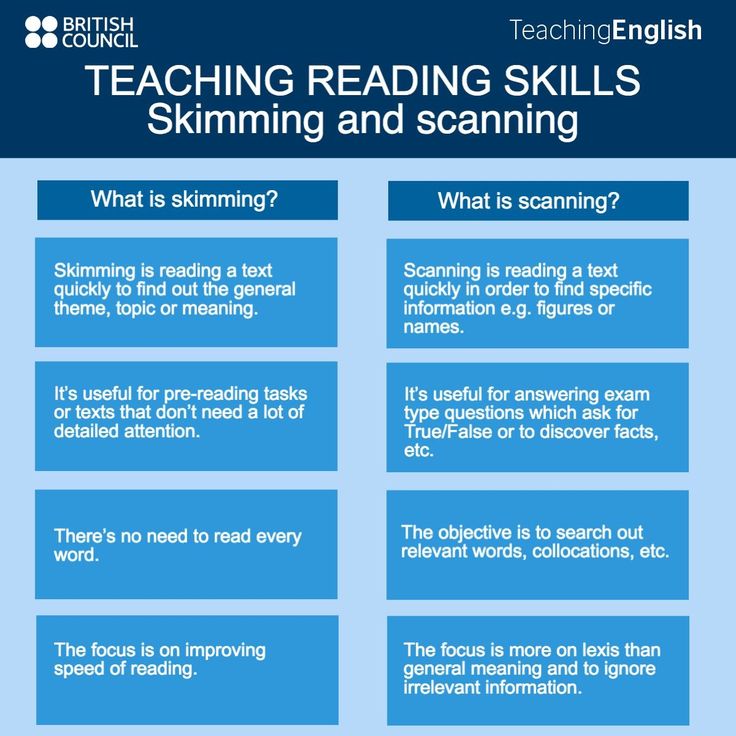 A child with good listening comprehension has a wide vocabulary and a growing understanding of the world around him.
A child with good listening comprehension has a wide vocabulary and a growing understanding of the world around him. 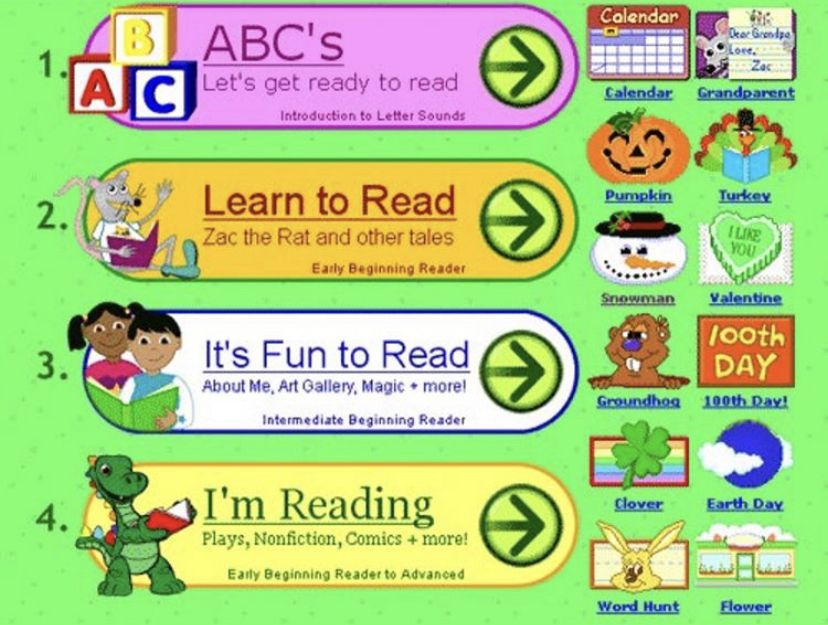 For example, ask “What do you think is going to happen when we turn the page?” or “Why did the boy go outside?”
For example, ask “What do you think is going to happen when we turn the page?” or “Why did the boy go outside?”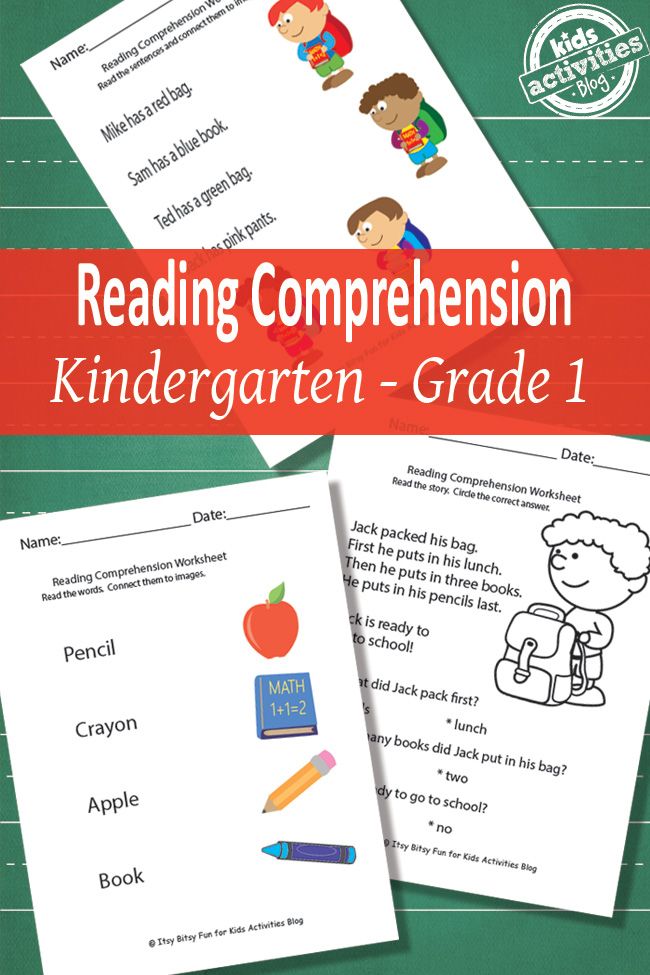 But I also know from extensive experience that most kids don’t develop reading readiness skills on their own. The All About Reading Pre-reading program strikes a good balance. In about 15 minutes per day (depending on your child’s attention span and abilities), this easy-to-use curriculum helps children develop all five of the Big Five Skills. The program includes crafts, rhyming and word games, alphabet charts, and lots of playful activities. And if you’ve never met Ziggy, you’re in for a treat!
But I also know from extensive experience that most kids don’t develop reading readiness skills on their own. The All About Reading Pre-reading program strikes a good balance. In about 15 minutes per day (depending on your child’s attention span and abilities), this easy-to-use curriculum helps children develop all five of the Big Five Skills. The program includes crafts, rhyming and word games, alphabet charts, and lots of playful activities. And if you’ve never met Ziggy, you’re in for a treat!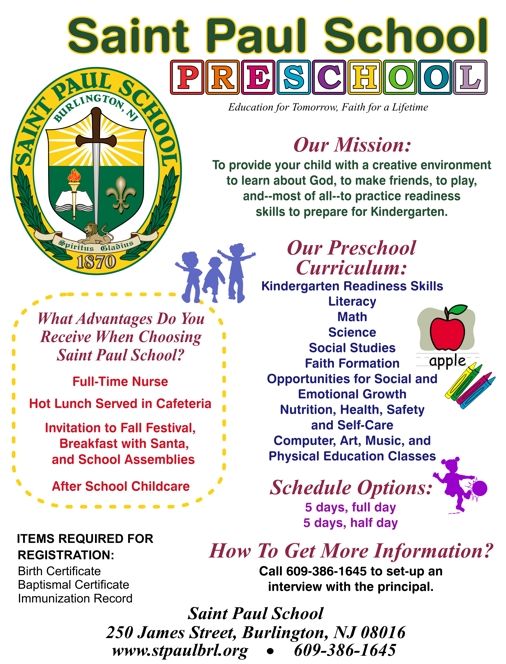
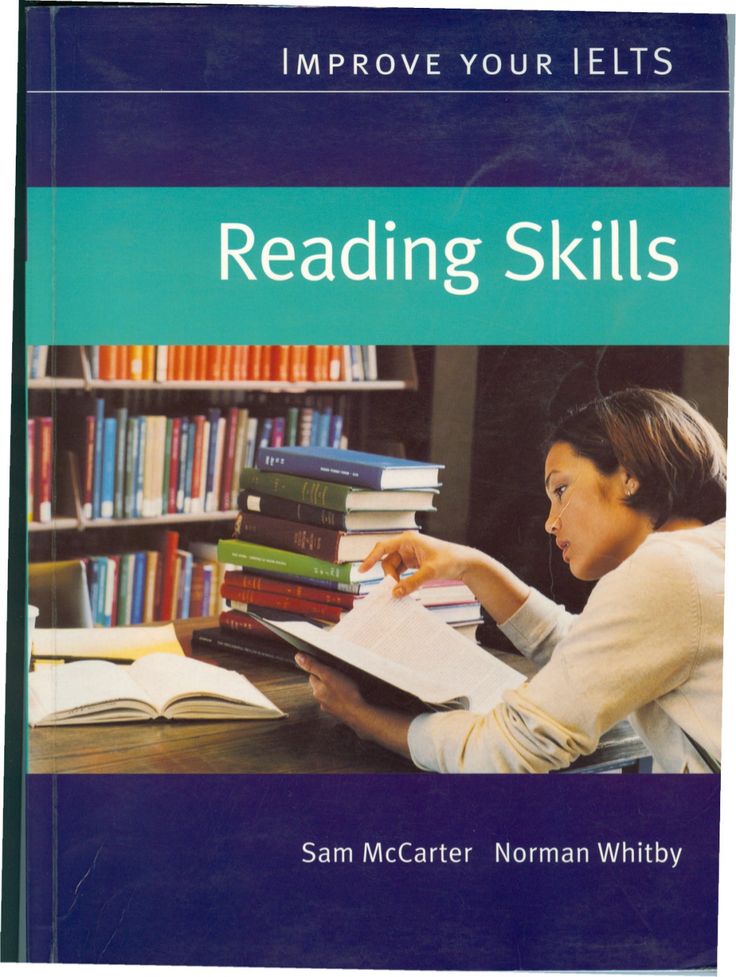
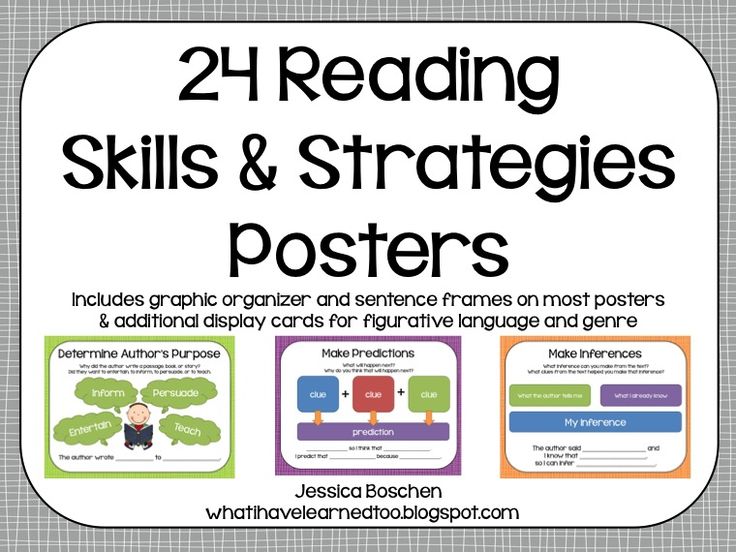
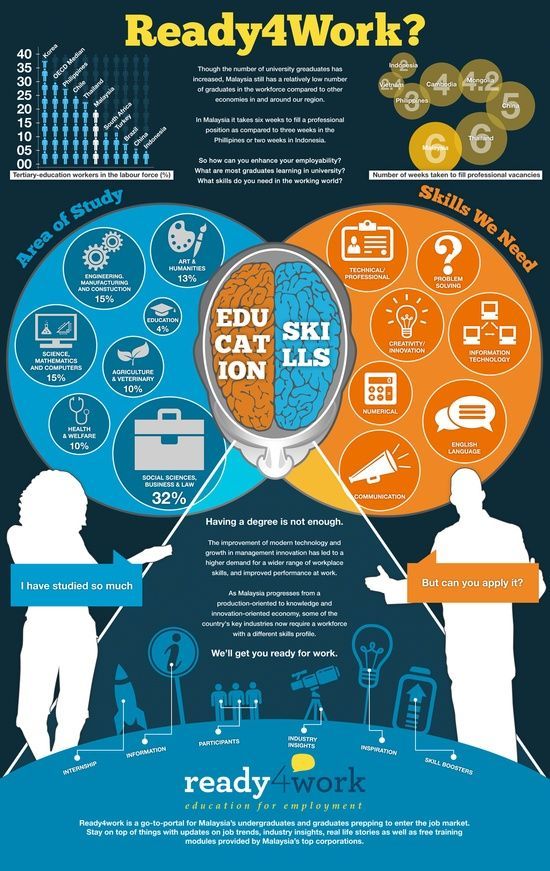
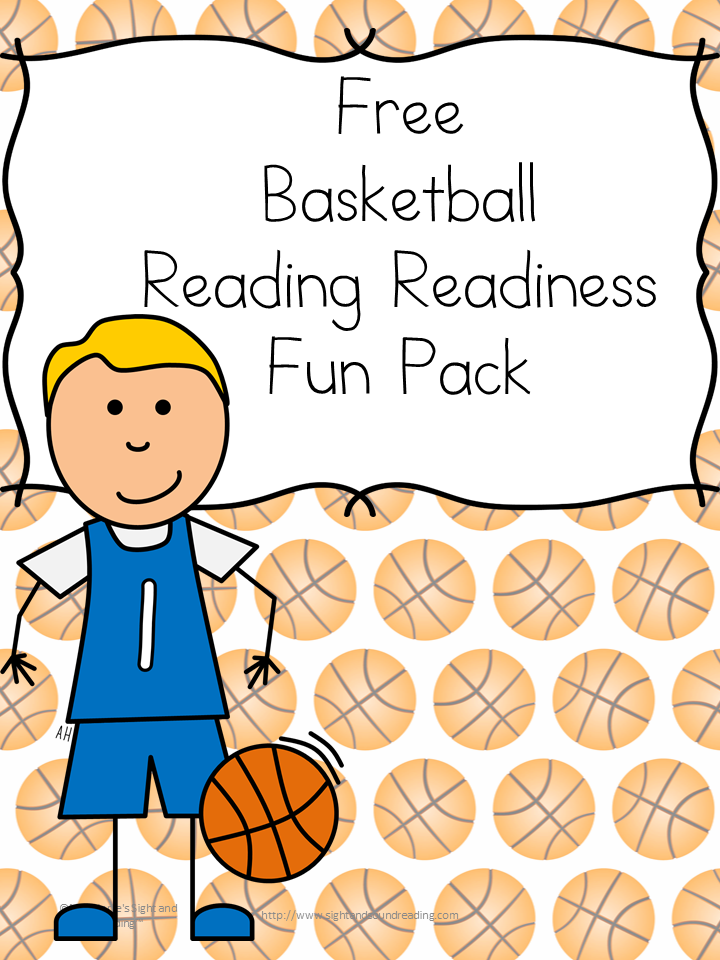

 ..
.. 
 Written speech, therefore, is for him a symbol of the second order, that is, a system of graphic signs that denote signs of oral speech. In order for the process of acquiring literacy to proceed smoothly enough, the child must develop the ability to abstract, to operate with symbols, at least in an elementary form. Manifestations of this are, for example, the well-formedness of the symbolic game, the possession of elementary generalizing concepts, and the sufficient maturity of visual abilities.
Written speech, therefore, is for him a symbol of the second order, that is, a system of graphic signs that denote signs of oral speech. In order for the process of acquiring literacy to proceed smoothly enough, the child must develop the ability to abstract, to operate with symbols, at least in an elementary form. Manifestations of this are, for example, the well-formedness of the symbolic game, the possession of elementary generalizing concepts, and the sufficient maturity of visual abilities. 
 Graphic signs denote elements of oral speech (sounds, syllables, words). However, it is known that until the age of 3.5-4 years, the child does not notice speech as an independent phenomenon, and even more so does not realize it. Using speech, he realizes, notices only the real reality, which is indicated with the help of speech. Before mastering the meanings of letters, the child must realize the sound side of speech as an independent reality, not to confuse the sounding word with what it means. In order to raise a child to this level of maturity, special preparatory education is needed, which is partly carried out in kindergarten, and partly at the beginning of the first grade.
Graphic signs denote elements of oral speech (sounds, syllables, words). However, it is known that until the age of 3.5-4 years, the child does not notice speech as an independent phenomenon, and even more so does not realize it. Using speech, he realizes, notices only the real reality, which is indicated with the help of speech. Before mastering the meanings of letters, the child must realize the sound side of speech as an independent reality, not to confuse the sounding word with what it means. In order to raise a child to this level of maturity, special preparatory education is needed, which is partly carried out in kindergarten, and partly at the beginning of the first grade. 
 The proposed phrases and short texts do not contain any new or even somewhat interesting information for the child. It is curious that a similar criticism of school reading programs can be found in foreign literature. A. Brown, for example, believes that existing programs in the United States teach "incorporeal" skills. Another approach is also possible, when from the first steps of learning to read, children read phrases, and later short texts containing some kind of logical task or question that require reflection and a subsequent answer. In other cases, the text to be read includes some kind of logical inconsistency that should be found.
The proposed phrases and short texts do not contain any new or even somewhat interesting information for the child. It is curious that a similar criticism of school reading programs can be found in foreign literature. A. Brown, for example, believes that existing programs in the United States teach "incorporeal" skills. Another approach is also possible, when from the first steps of learning to read, children read phrases, and later short texts containing some kind of logical task or question that require reflection and a subsequent answer. In other cases, the text to be read includes some kind of logical inconsistency that should be found. 
 The tendency to use a similar strategy is expressed in different children to varying degrees. According to the authors mentioned above, at this stage children (in England - at the age of 5-6) pass from unconscious metalinguistic representations to conscious metalinguistic skills.
The tendency to use a similar strategy is expressed in different children to varying degrees. According to the authors mentioned above, at this stage children (in England - at the age of 5-6) pass from unconscious metalinguistic representations to conscious metalinguistic skills.  When using the semi-global method of teaching reading developed by us, this stage is almost absent. Recognition occurs immediately at the level of the whole syllable.
When using the semi-global method of teaching reading developed by us, this stage is almost absent. Recognition occurs immediately at the level of the whole syllable.  The operational reading unit is the maximum number of characters that is recognized when reading at the same time, holistically and, thus, is the minimum information unit in the process of storing (in RAM) and processing information. We have experimentally proved that the “operational unit of reading” is a formation belonging to the perceptual, gnostic level, and not to the speech-motor level. In other words, key operations occur in the process of perception and recognition of the syllable and the letters of its constituents, and not during articulation. Syllabic fusion is first of all a gnostic operation, and only then an articulatory one. The essence of this phenomenon is twofold. On the one hand, this is a linguistic operation of transition from the sounding and articulation of the consonant "phoneme" in an isolated position to its positional (allophone) pronunciation, taking into account the vowel that follows. This occurs only in direct syllables. That is why reading back syllables for most children is much easier than reading straight ones.
The operational reading unit is the maximum number of characters that is recognized when reading at the same time, holistically and, thus, is the minimum information unit in the process of storing (in RAM) and processing information. We have experimentally proved that the “operational unit of reading” is a formation belonging to the perceptual, gnostic level, and not to the speech-motor level. In other words, key operations occur in the process of perception and recognition of the syllable and the letters of its constituents, and not during articulation. Syllabic fusion is first of all a gnostic operation, and only then an articulatory one. The essence of this phenomenon is twofold. On the one hand, this is a linguistic operation of transition from the sounding and articulation of the consonant "phoneme" in an isolated position to its positional (allophone) pronunciation, taking into account the vowel that follows. This occurs only in direct syllables. That is why reading back syllables for most children is much easier than reading straight ones. There is no merge problem.
There is no merge problem.  At the end of this process, only the final result of the entire chain of operations remains under the control of consciousness. This pattern applies to reading as well. As you know, it consists of a series of separate operations (to simplify the real process somewhat): recognition of a letter in its connection with a phoneme, fusion of several letters into a syllable, fusion of several syllables into a word, integration of several read words into a complete phrase or utterance.
At the end of this process, only the final result of the entire chain of operations remains under the control of consciousness. This pattern applies to reading as well. As you know, it consists of a series of separate operations (to simplify the real process somewhat): recognition of a letter in its connection with a phoneme, fusion of several letters into a syllable, fusion of several syllables into a word, integration of several read words into a complete phrase or utterance.  It represents the level at which decoding operations have reached their final maturity, are automated and no longer require conscious control. The number of characters that is processed at this level, we consider as an "operational reading unit" (OPEU) that has achieved automation. Such operational units can be a letter, a SG type syllable (consonant, vowel), GS, a SG syllable, a SG syllable, a SG syllable, a SG syllable, a word or a group of words.
It represents the level at which decoding operations have reached their final maturity, are automated and no longer require conscious control. The number of characters that is processed at this level, we consider as an "operational reading unit" (OPEU) that has achieved automation. Such operational units can be a letter, a SG type syllable (consonant, vowel), GS, a SG syllable, a SG syllable, a SG syllable, a SG syllable, a word or a group of words.  g. sti, ark, hundred) Disyllabic words like SGSG (e.g. hand) and GSSG (pit)
g. sti, ark, hundred) Disyllabic words like SGSG (e.g. hand) and GSSG (pit)  Most of the reading time is spent on recognition, and not on pronunciation. Children who do not automate the reading of syllables of one type or another read them much more slowly than the same number of simpler syllables.
Most of the reading time is spent on recognition, and not on pronunciation. Children who do not automate the reading of syllables of one type or another read them much more slowly than the same number of simpler syllables.  Therefore, it is already difficult to understand a phrase that includes 7-8 syllables at this stage. In the case of letter-by-letter reading, the number of storage units in RAM per word doubles. Therefore, long words (from 8-9letters) children often re-read 2-3 times.
Therefore, it is already difficult to understand a phrase that includes 7-8 syllables at this stage. In the case of letter-by-letter reading, the number of storage units in RAM per word doubles. Therefore, long words (from 8-9letters) children often re-read 2-3 times.  The next three-syllable words in complexity are amphibrachs (polola, hanging, gate), , then dactyl (hair, puddle) and anapaest (wheel, head). The location of the confluence of consonants in relation to the stressed syllable is essential. The easiest construction is the words in which the consonant cluster is in the pre-stressed position.
The next three-syllable words in complexity are amphibrachs (polola, hanging, gate), , then dactyl (hair, puddle) and anapaest (wheel, head). The location of the confluence of consonants in relation to the stressed syllable is essential. The easiest construction is the words in which the consonant cluster is in the pre-stressed position.  As in the case of understanding oral texts, here it is necessary to understand not only the meaning, but also the meaning of the statement. Only in the latter case does reading become a communicative process: a dialogue between the author and the reader. When reading fiction or scientific literature, hidden remarks, comments, objections may arise, confirming that there is a process of communication between the reader and the author of the text.
As in the case of understanding oral texts, here it is necessary to understand not only the meaning, but also the meaning of the statement. Only in the latter case does reading become a communicative process: a dialogue between the author and the reader. When reading fiction or scientific literature, hidden remarks, comments, objections may arise, confirming that there is a process of communication between the reader and the author of the text.  Therefore, to discuss the model of the process of understanding when reading abstractly, regardless of the psychological context in which reading takes place, apparently, hardly makes sense. For the same reason, the teaching methodology, the specifics of setting a learning task when reading will significantly affect the formation of the ability to fully understand what is read. In the strict sense, the development of reading comprehension continues to develop after leaving school and even into adulthood.
Therefore, to discuss the model of the process of understanding when reading abstractly, regardless of the psychological context in which reading takes place, apparently, hardly makes sense. For the same reason, the teaching methodology, the specifics of setting a learning task when reading will significantly affect the formation of the ability to fully understand what is read. In the strict sense, the development of reading comprehension continues to develop after leaving school and even into adulthood.  Acquaintance with the methods of primary education in these countries shows that they are adapted in relation to the characteristics of the psyche of children of this age. This adaptation concerns both the content and methods of teaching, and the style of relationships with children in the classroom. Thus, the concept of "school maturity" should be correlated with the level of requirements and teaching methods inherent in a particular program.
Acquaintance with the methods of primary education in these countries shows that they are adapted in relation to the characteristics of the psyche of children of this age. This adaptation concerns both the content and methods of teaching, and the style of relationships with children in the classroom. Thus, the concept of "school maturity" should be correlated with the level of requirements and teaching methods inherent in a particular program.  Both should be carried out at a conscious, highly arbitrary level of activity. At the initial stage, the maximum load on the auditory-speech analyzer and successive, analytical operations.
Both should be carried out at a conscious, highly arbitrary level of activity. At the initial stage, the maximum load on the auditory-speech analyzer and successive, analytical operations.  They learn syllable skills more easily on a practical level. They already have access to the division into syllables in words that are simple in syllabic structure. The principle of learning in our methodology is the assimilation of syllables as integral units of identification (like hieroglyphs) from the very beginning of learning.
They learn syllable skills more easily on a practical level. They already have access to the division into syllables in words that are simple in syllabic structure. The principle of learning in our methodology is the assimilation of syllables as integral units of identification (like hieroglyphs) from the very beginning of learning.  First of all, with the help of playing techniques, it is necessary to draw the attention of children to the sound side of speech, to activate auditory attention. Playing with words, using word formation, inflection, the educator helps children gain experience of observing how changing the sound shell of a word changes its meaning.
First of all, with the help of playing techniques, it is necessary to draw the attention of children to the sound side of speech, to activate auditory attention. Playing with words, using word formation, inflection, the educator helps children gain experience of observing how changing the sound shell of a word changes its meaning.  This is one of the fundamentally important differences from the traditional method.
This is one of the fundamentally important differences from the traditional method.  At the next stage, the teacher selects a tablet, and the child selects a card with a picture and a word for it. Further in the game, cards with a picture are used, but without a word. The child selects the plate to the picture without relying on the word below it. This stage should coincide with the time when set A is replaced by set B in Domino. Before the beginning of the letter period, children must master at least the first two game sets (B1 and B2).
At the next stage, the teacher selects a tablet, and the child selects a card with a picture and a word for it. Further in the game, cards with a picture are used, but without a word. The child selects the plate to the picture without relying on the word below it. This stage should coincide with the time when set A is replaced by set B in Domino. Before the beginning of the letter period, children must master at least the first two game sets (B1 and B2).  Of the consonants, the first given are those that are most often found in texts at the level of first-graders. That is, the base of the chosen sequence is the frequency of sounds in words that a child of this age encounters in texts. This allows you to compose meaningful phrases that include verbs much earlier. The educator needs to think over the game forms of presenting the material. Our experience of conducting classes in theatrical form has shown the success of such a technique. Classes should not be reading lessons!
Of the consonants, the first given are those that are most often found in texts at the level of first-graders. That is, the base of the chosen sequence is the frequency of sounds in words that a child of this age encounters in texts. This allows you to compose meaningful phrases that include verbs much earlier. The educator needs to think over the game forms of presenting the material. Our experience of conducting classes in theatrical form has shown the success of such a technique. Classes should not be reading lessons! 
 ), the teacher pronounces it orthoepically (i.e., stunning: ap, os , etc.). It is not necessary to explain to children the differences between spelling and pronunciation! The list of syllables given in the primer does not include those that are not used in Russian speech. For example sp, im.
), the teacher pronounces it orthoepically (i.e., stunning: ap, os , etc.). It is not necessary to explain to children the differences between spelling and pronunciation! The list of syllables given in the primer does not include those that are not used in Russian speech. For example sp, im.  When working with the table (already in the first or second lessons on a new letter), children are invited to take turns looking for the syllables named by the teacher in the table. They look for them, show them and name them. Be sure to give the children the following installation: "Find as soon as possible!" When trying to find it quickly, children try to grasp the general graphic appearance of the syllable. With repeated exercises with the table, the connection between graphic and phonetic syllables is acquired firmly and gradually automated. Then this syllable becomes an operational unit of reading. The composition of the syllabary table should approximately correspond to the given samples. In each next session of working with the syllabic table, you need to change the relative position of syllables in it (so that not a specific table is learned, but syllables). The same table should include both direct and reverse syllables with a given consonant. The exception is paired voiced consonants.
When working with the table (already in the first or second lessons on a new letter), children are invited to take turns looking for the syllables named by the teacher in the table. They look for them, show them and name them. Be sure to give the children the following installation: "Find as soon as possible!" When trying to find it quickly, children try to grasp the general graphic appearance of the syllable. With repeated exercises with the table, the connection between graphic and phonetic syllables is acquired firmly and gradually automated. Then this syllable becomes an operational unit of reading. The composition of the syllabary table should approximately correspond to the given samples. In each next session of working with the syllabic table, you need to change the relative position of syllables in it (so that not a specific table is learned, but syllables). The same table should include both direct and reverse syllables with a given consonant. The exception is paired voiced consonants. Reverse syllables with them are not included in the table, since they are stunned in the final position. The more often children practice with syllabic tables, the stronger the connection between a graphic syllable and a phonetic syllable is assimilated and the skill of syllabic reading is formed faster. The usual number of syllables in a table is 16 (4 x 4). For children of a weak subgroup, the number of syllables can be reduced to 9(3 x 3).
Reverse syllables with them are not included in the table, since they are stunned in the final position. The more often children practice with syllabic tables, the stronger the connection between a graphic syllable and a phonetic syllable is assimilated and the skill of syllabic reading is formed faster. The usual number of syllables in a table is 16 (4 x 4). For children of a weak subgroup, the number of syllables can be reduced to 9(3 x 3).  These schemes are not shown to children (!), and work with them is not performed within the framework of this task.
These schemes are not shown to children (!), and work with them is not performed within the framework of this task. 


